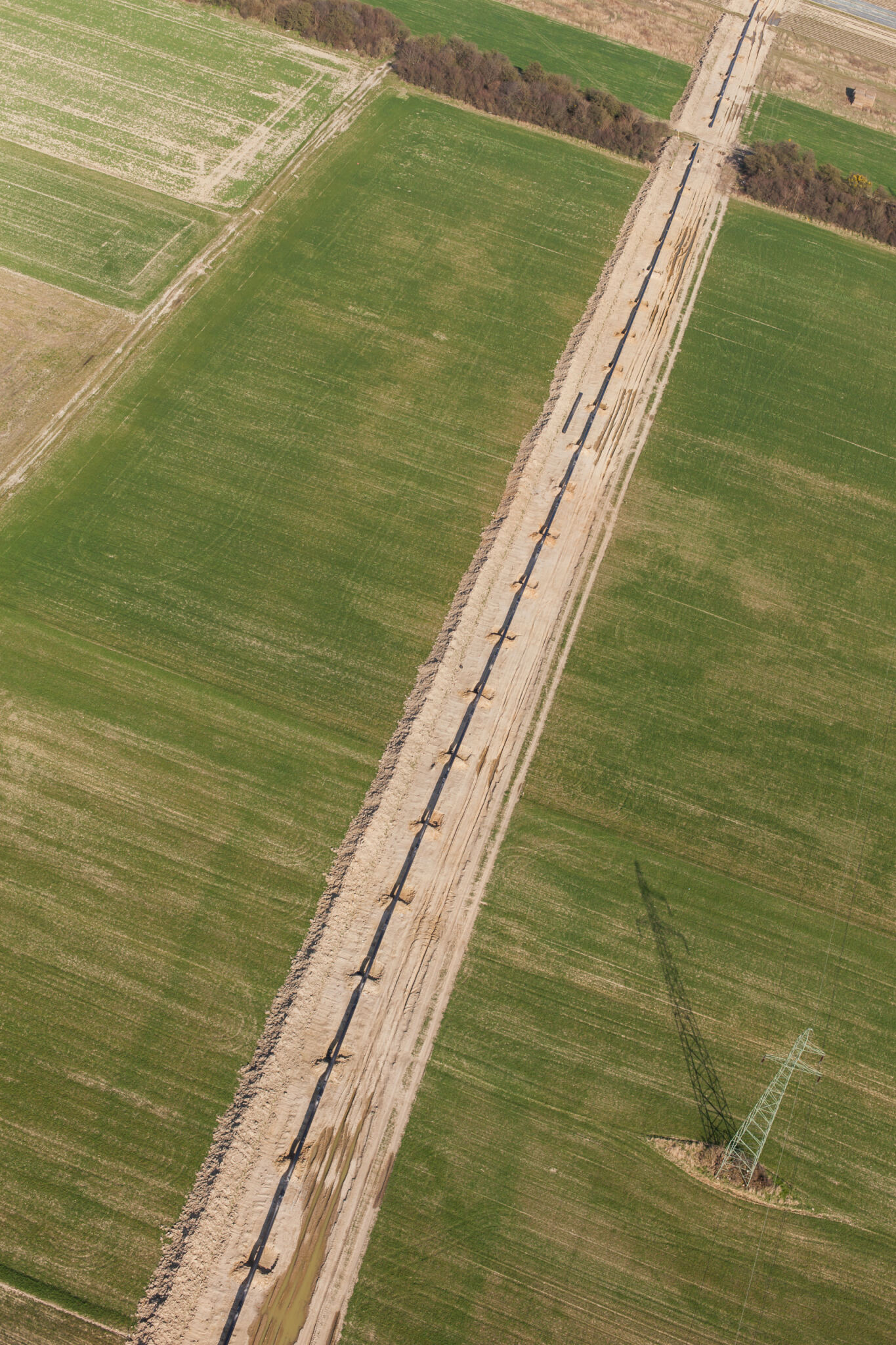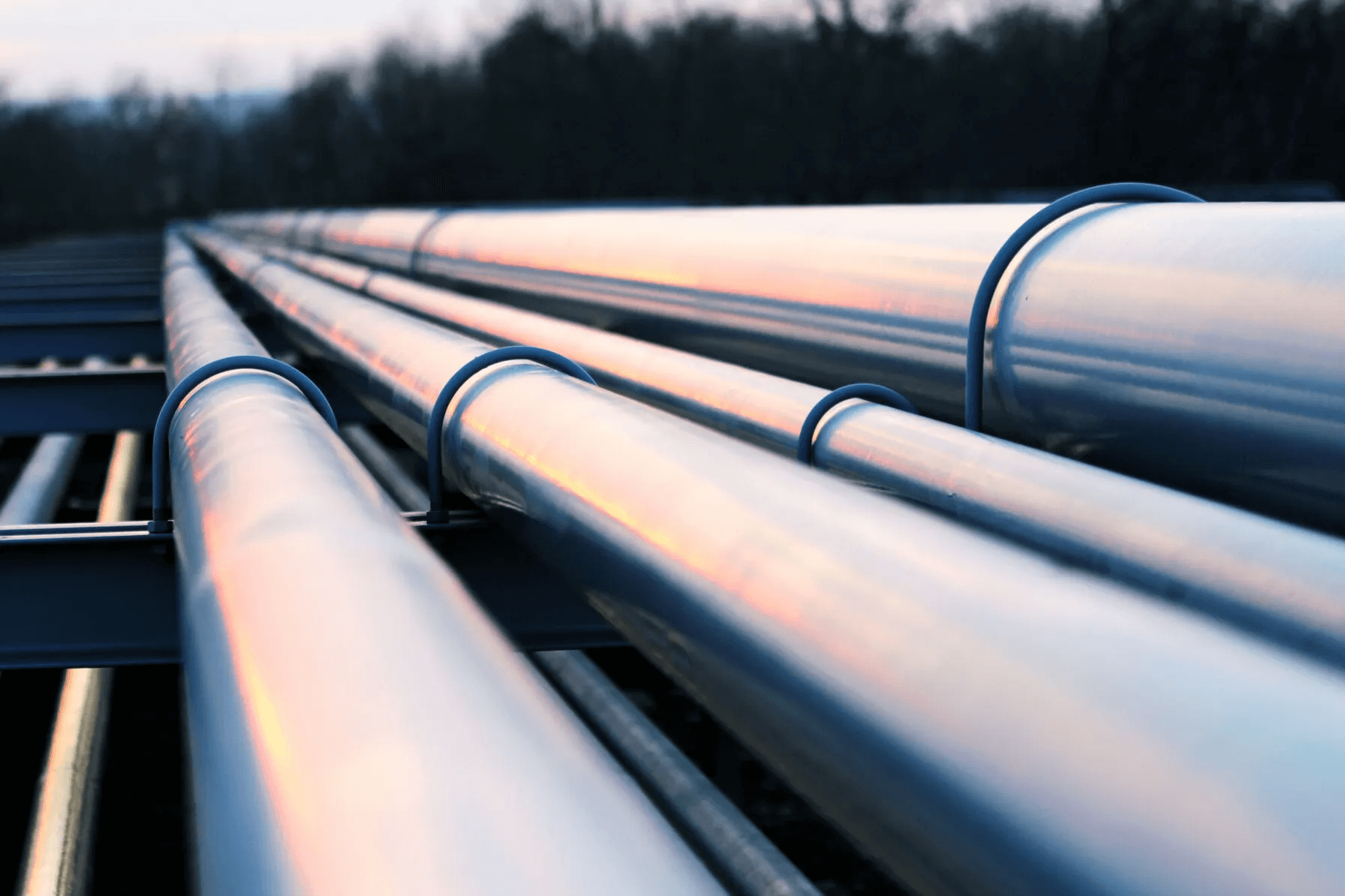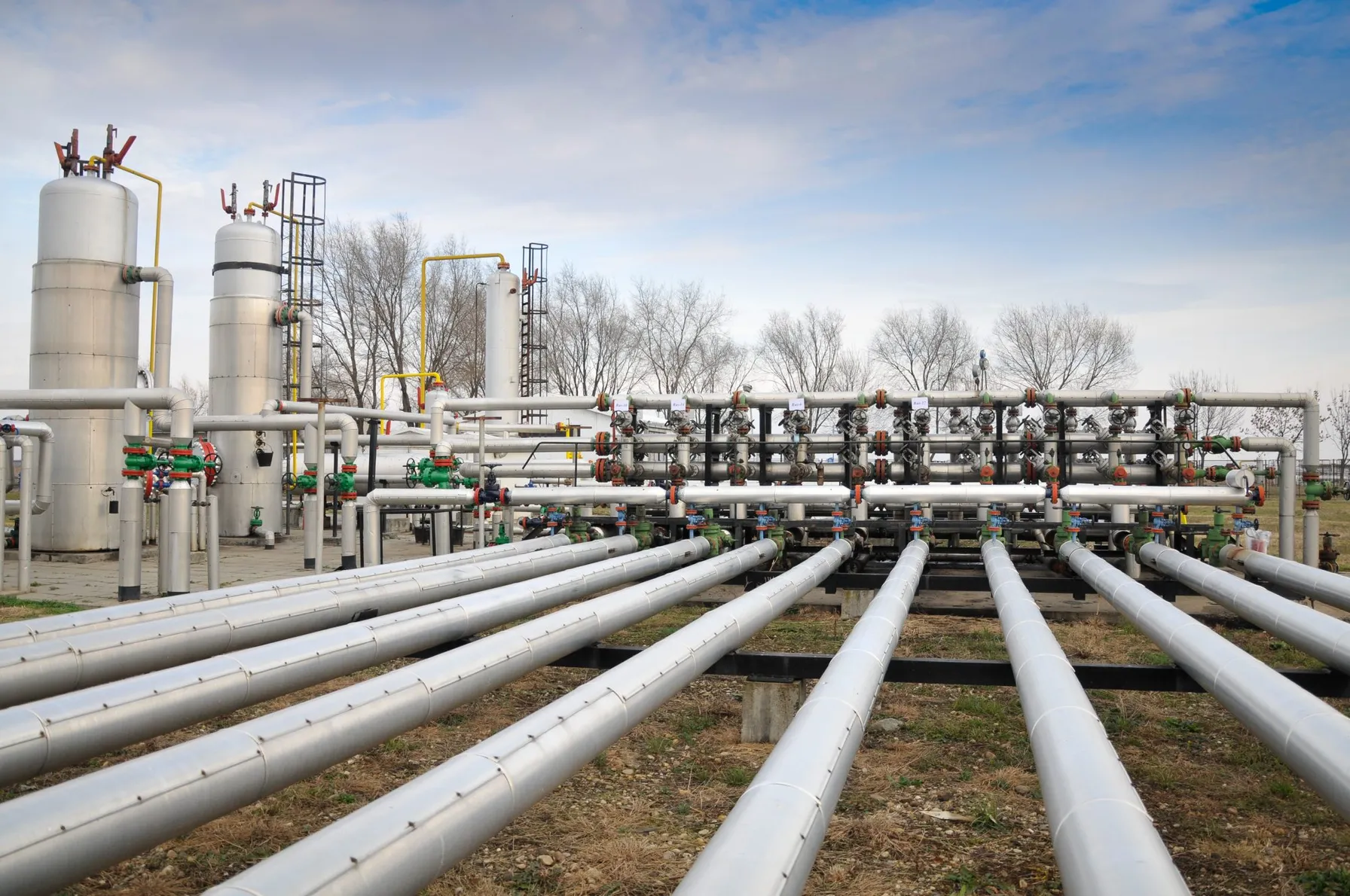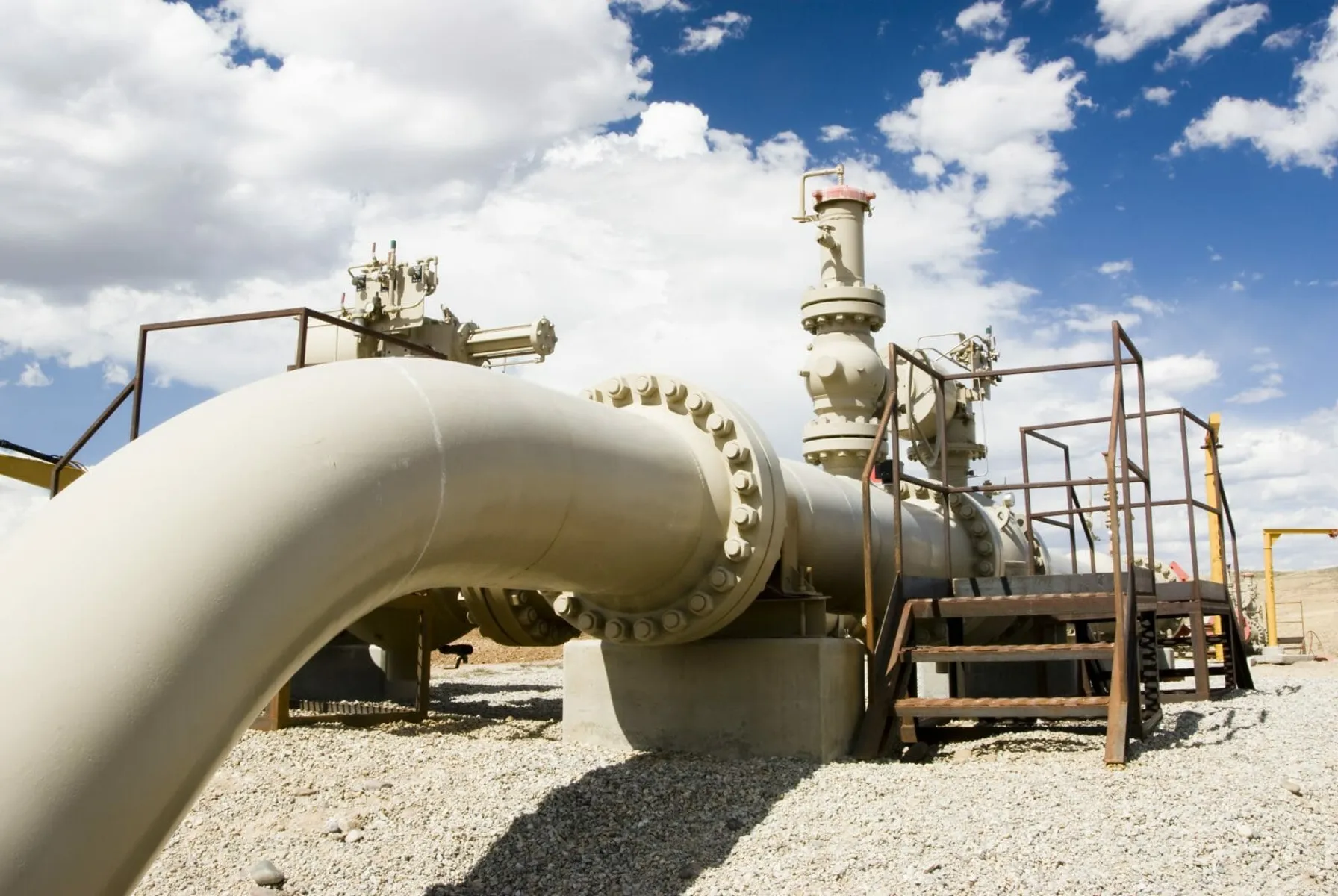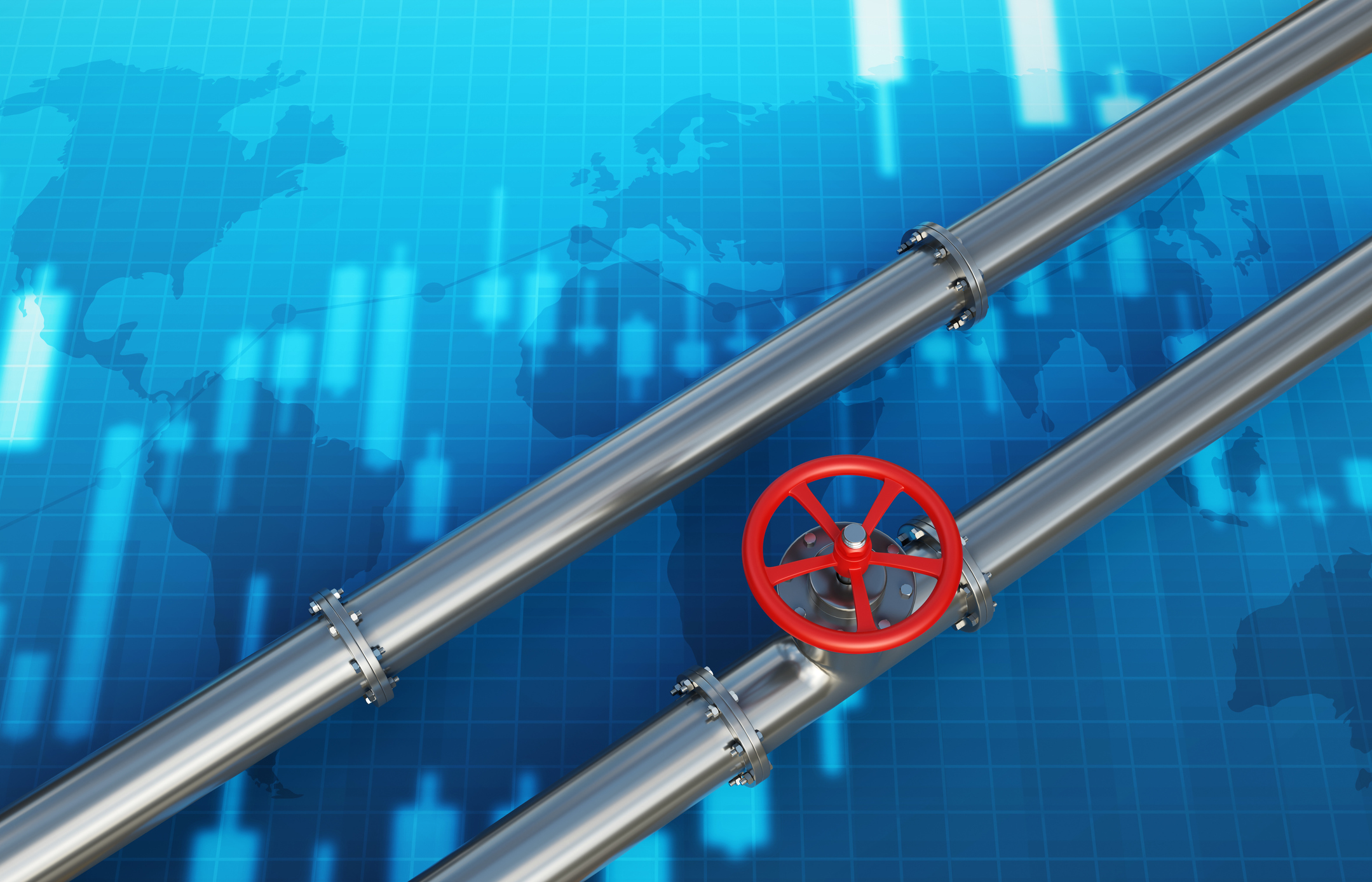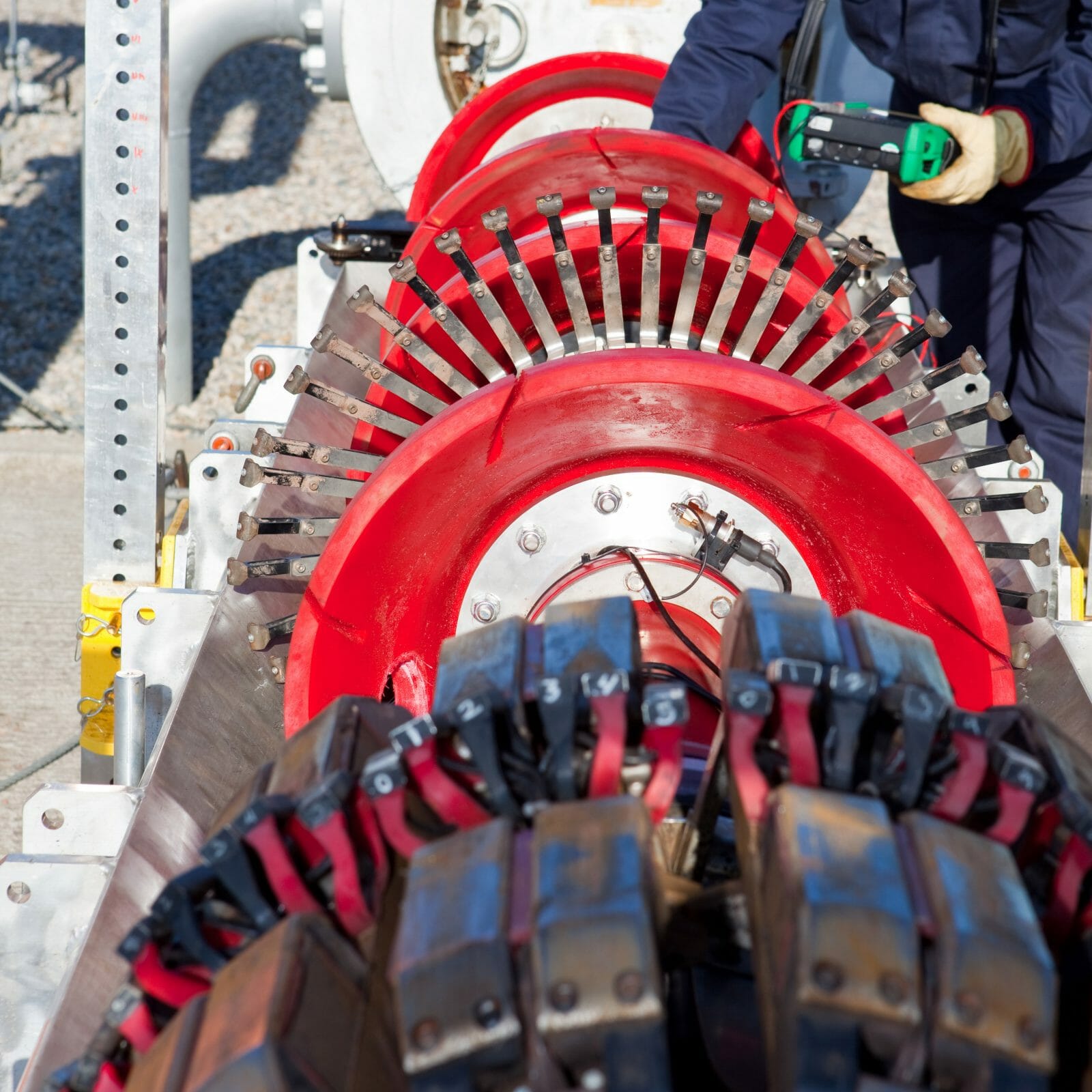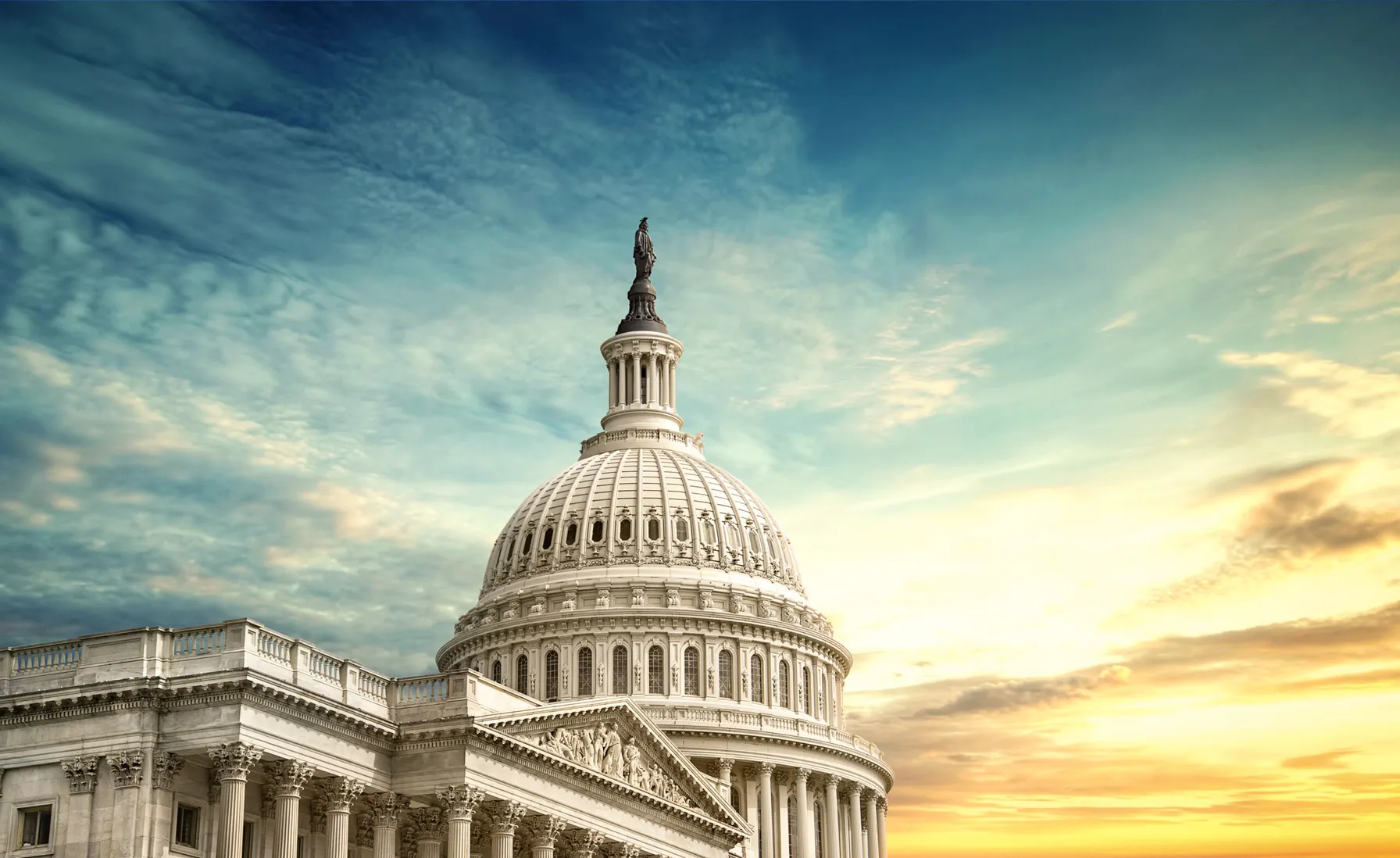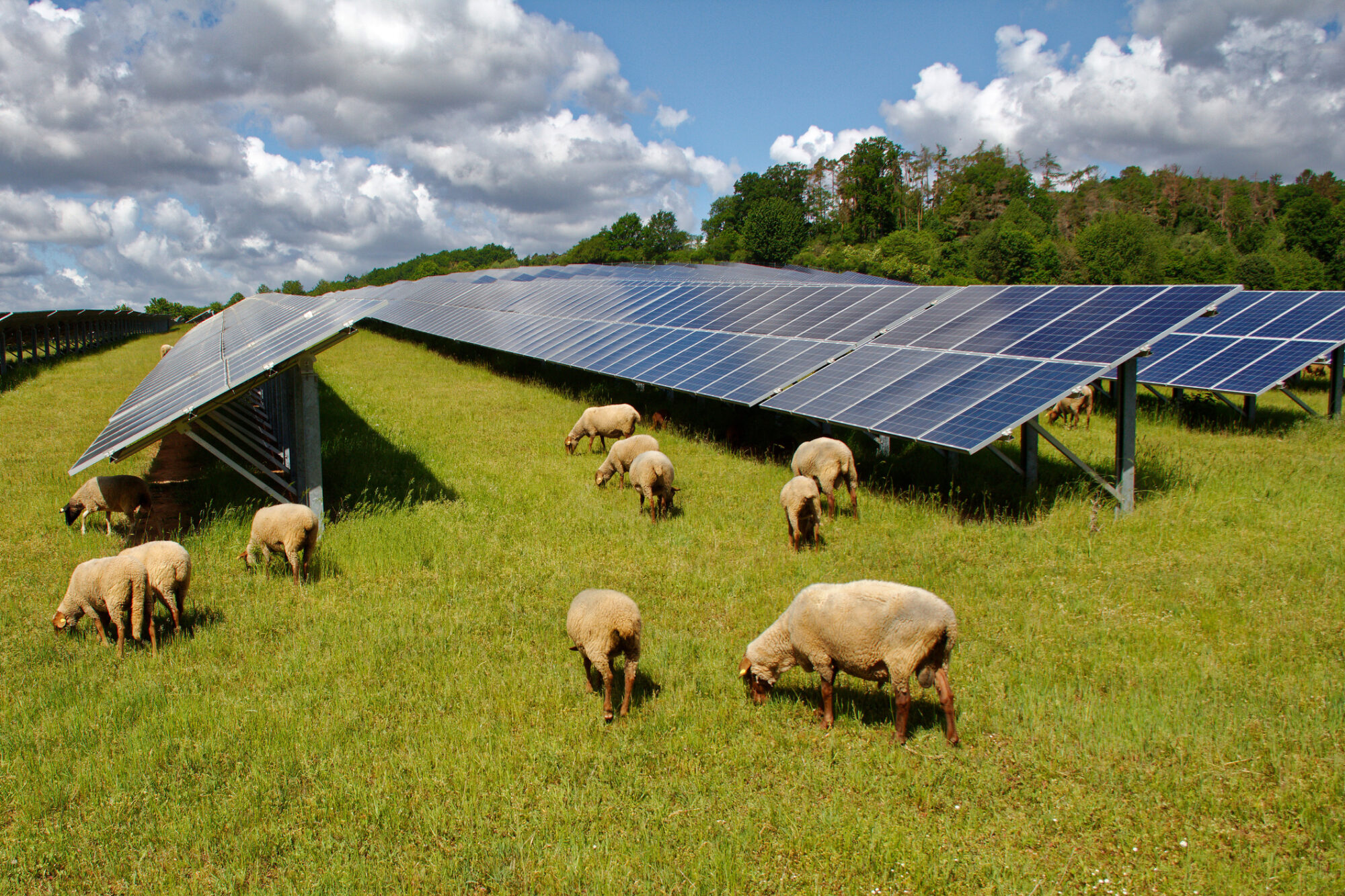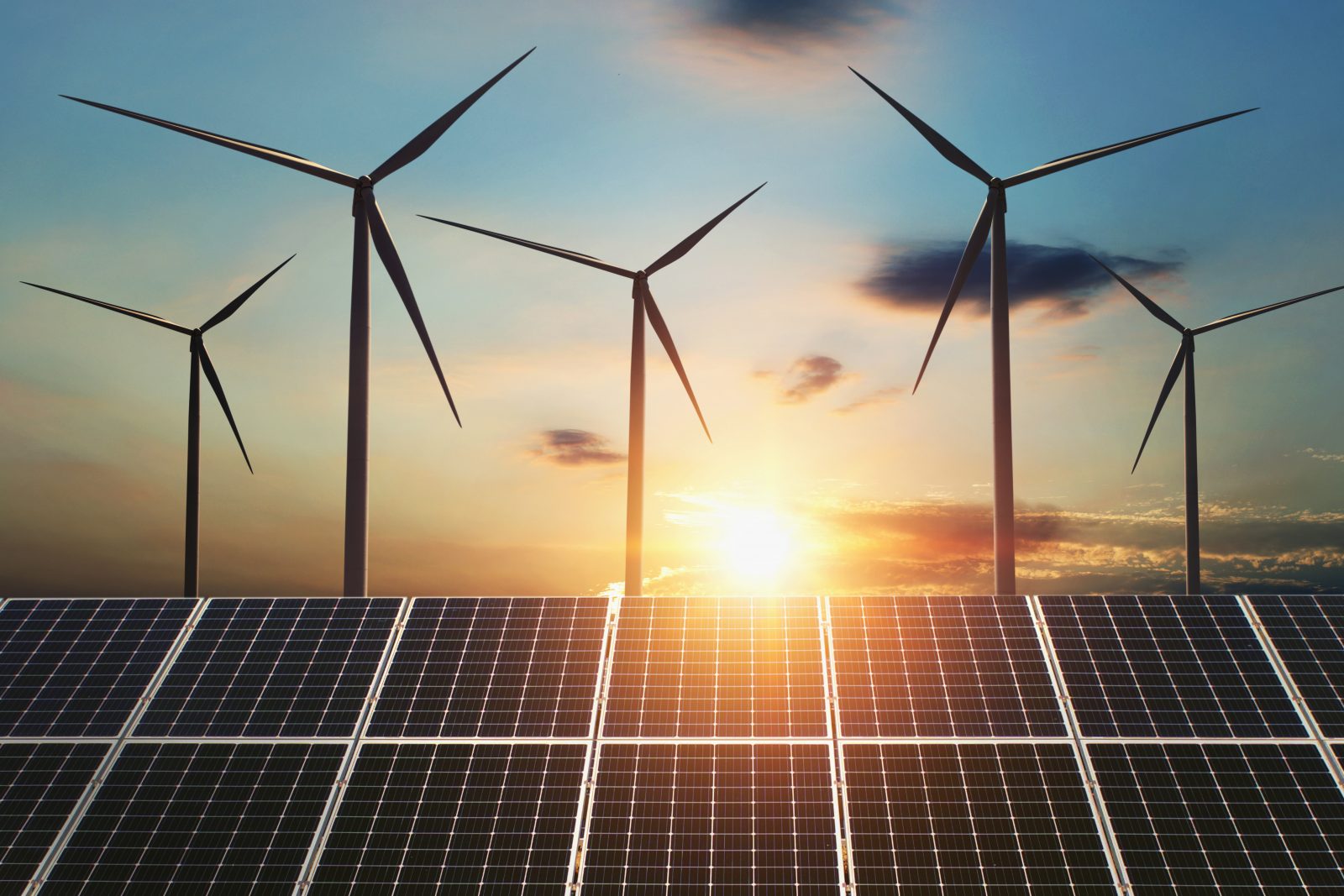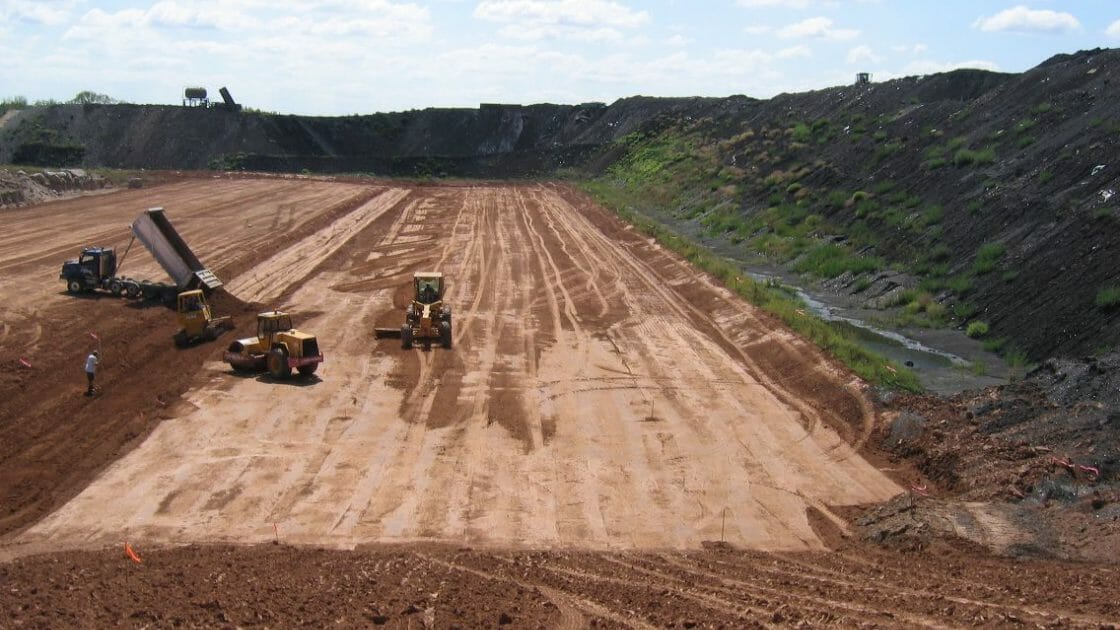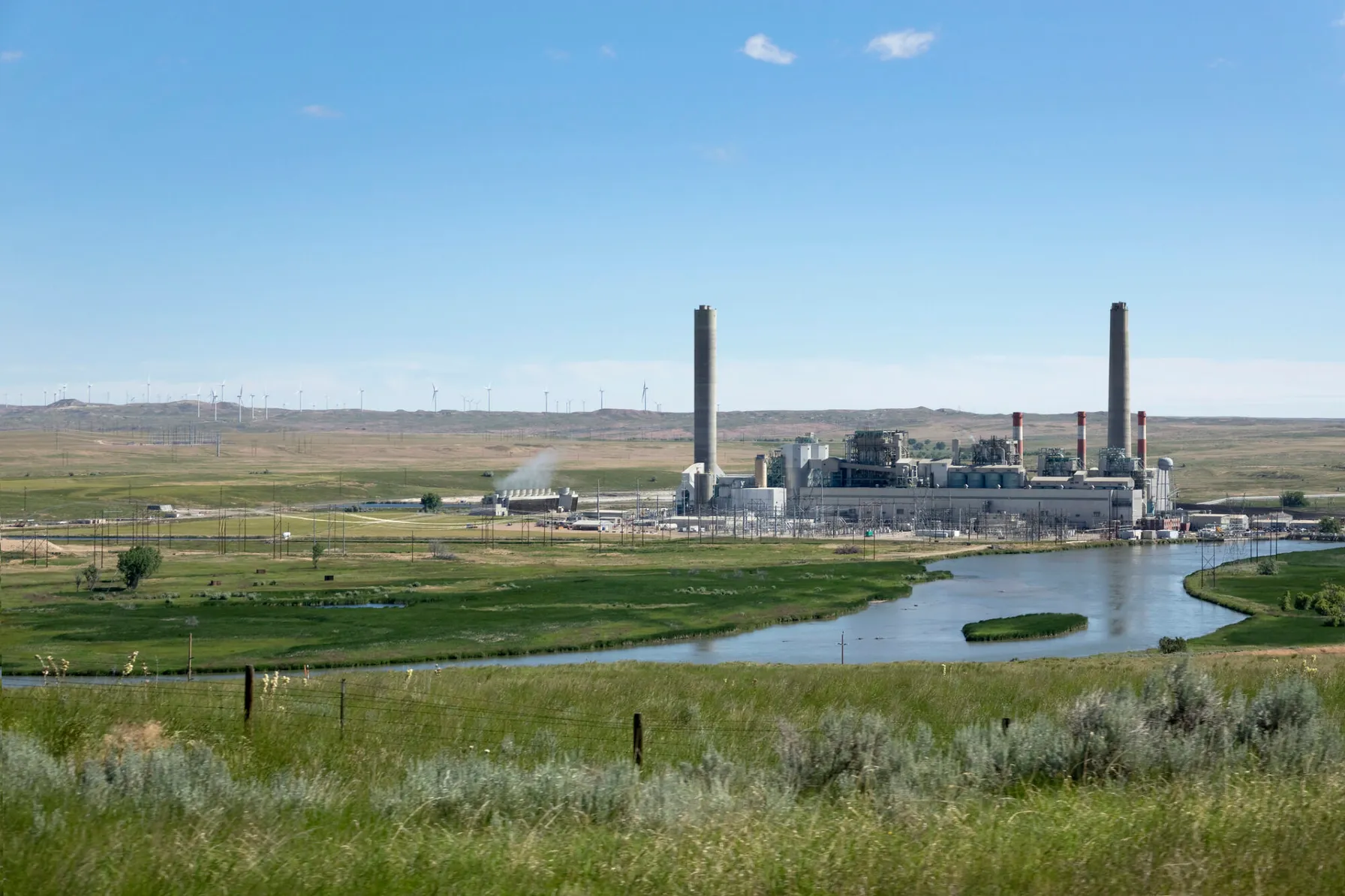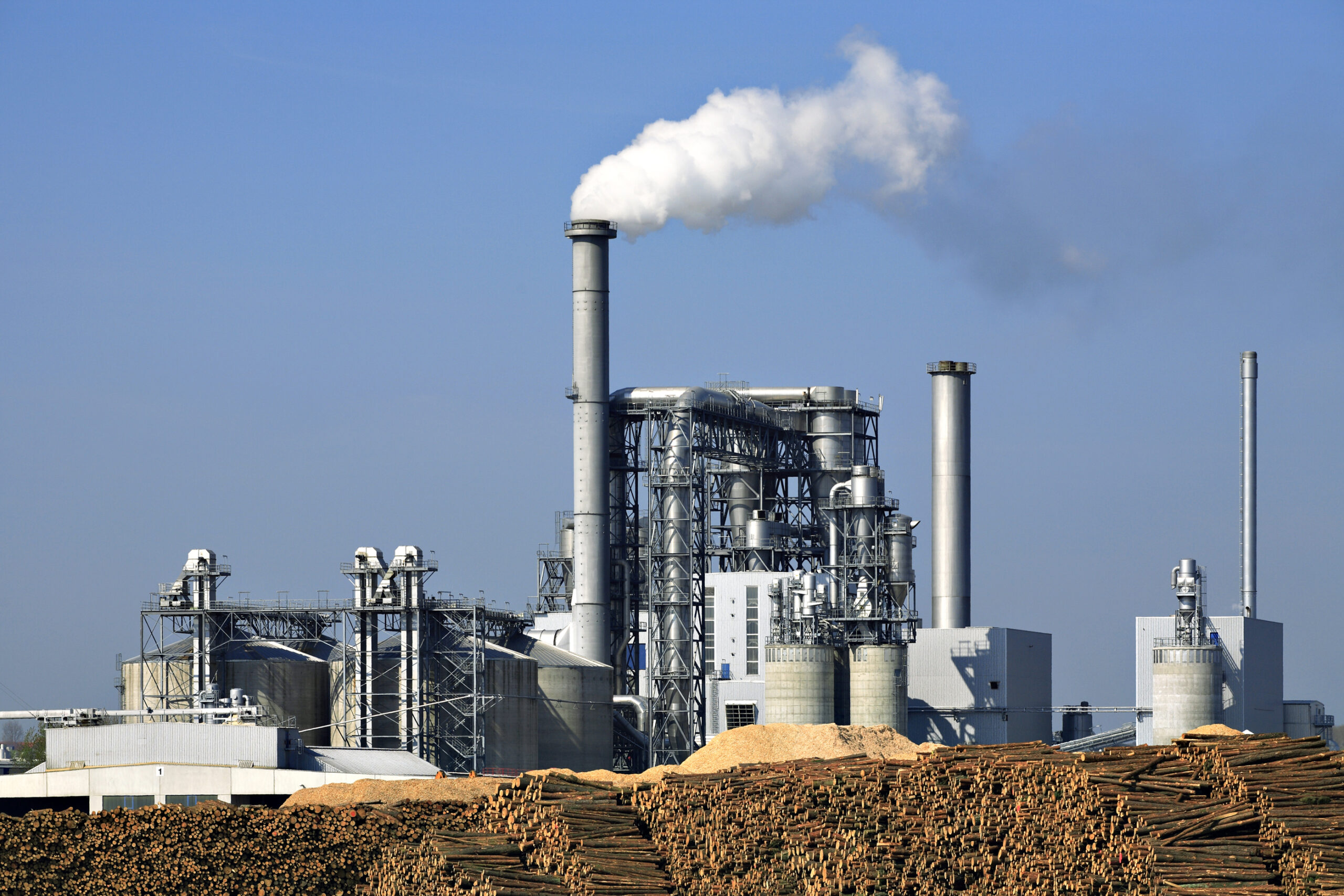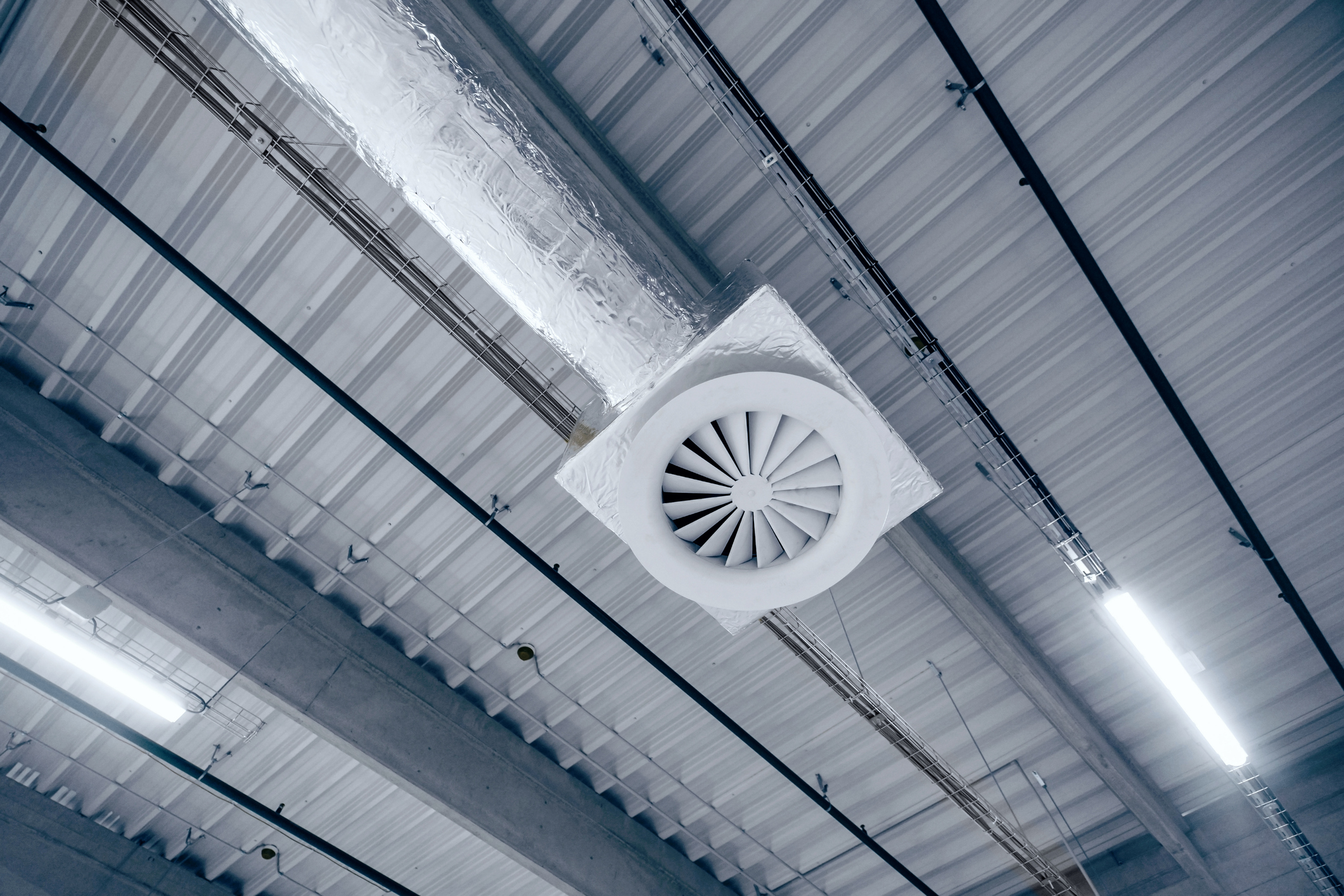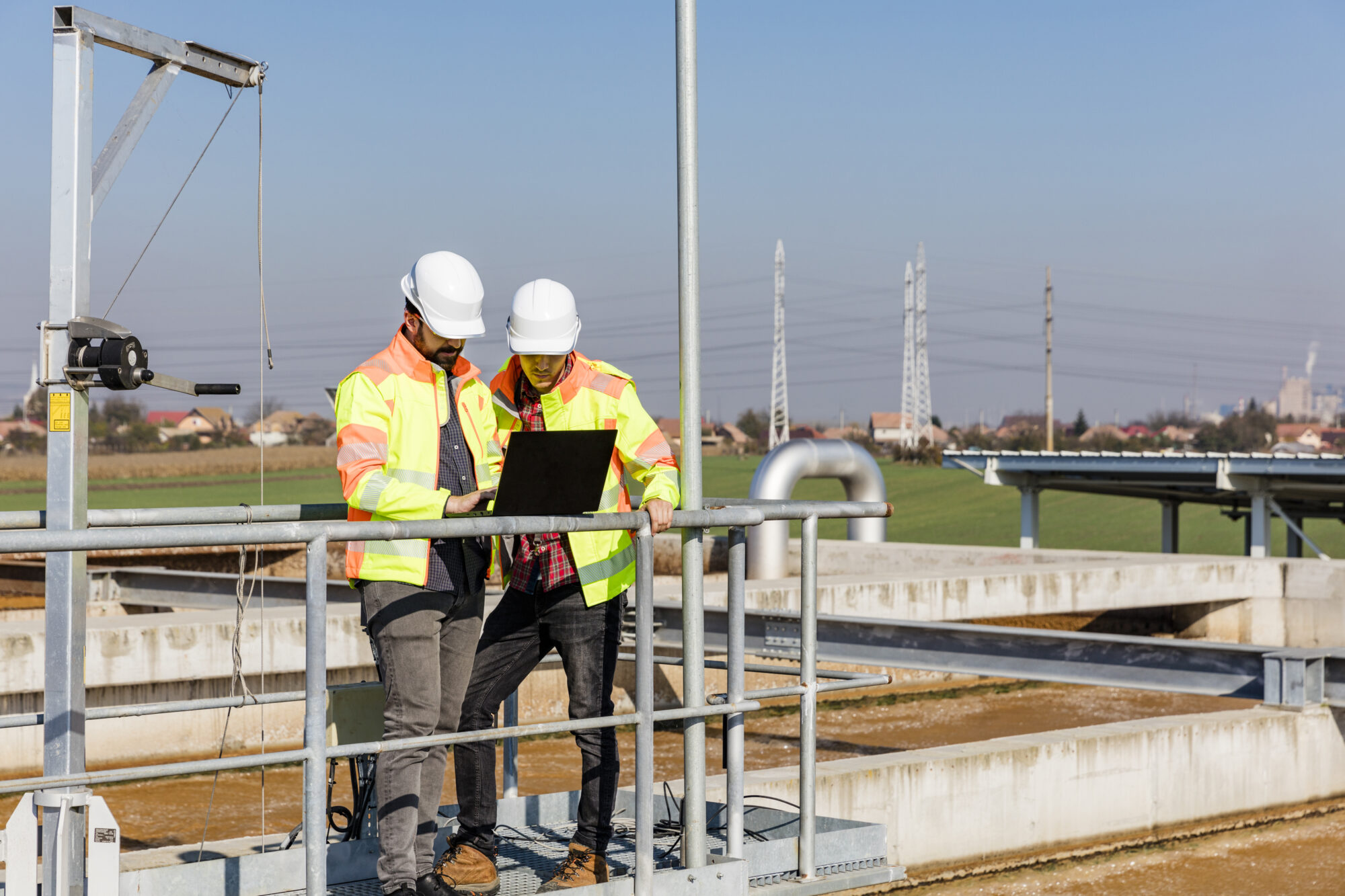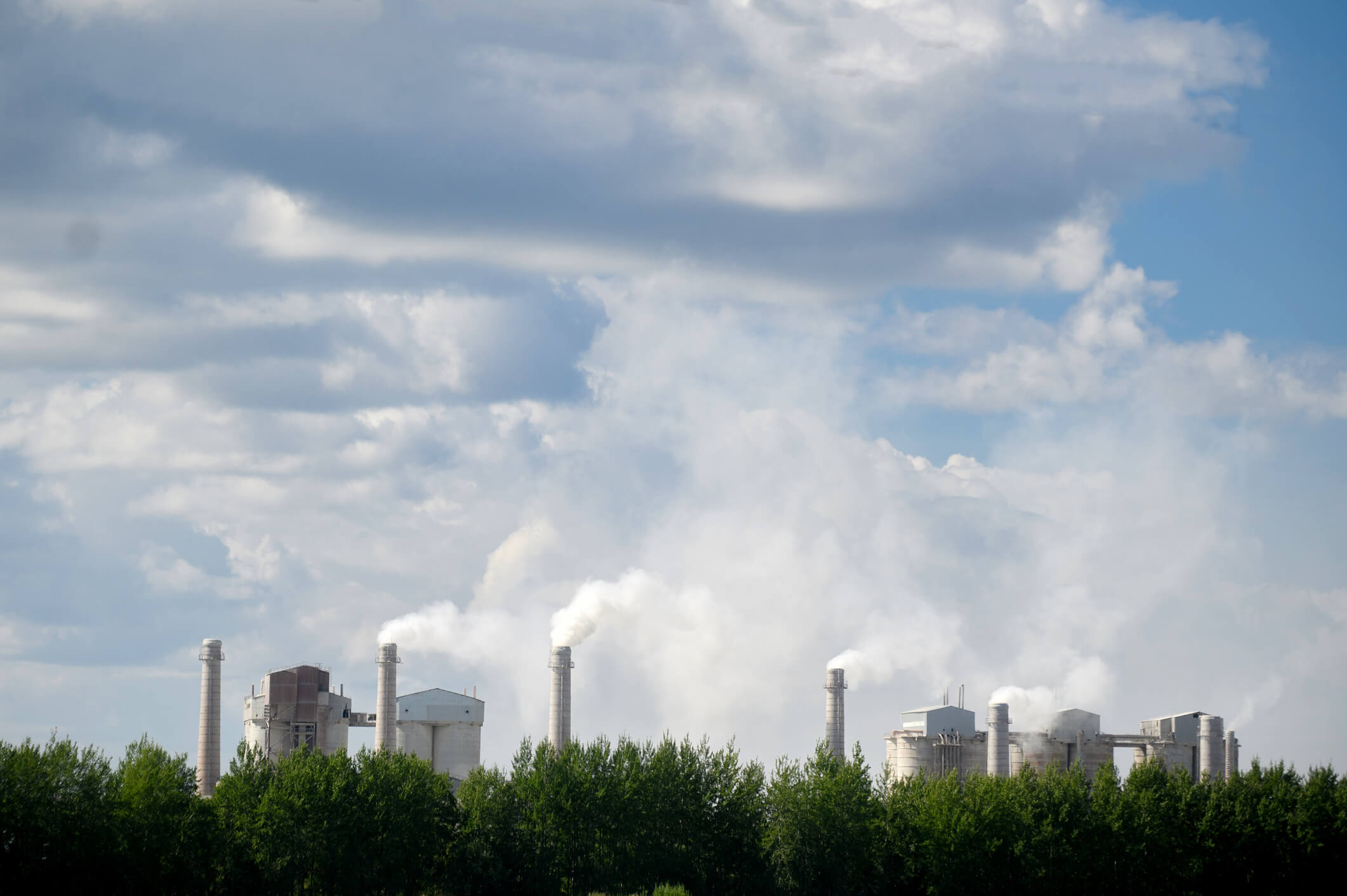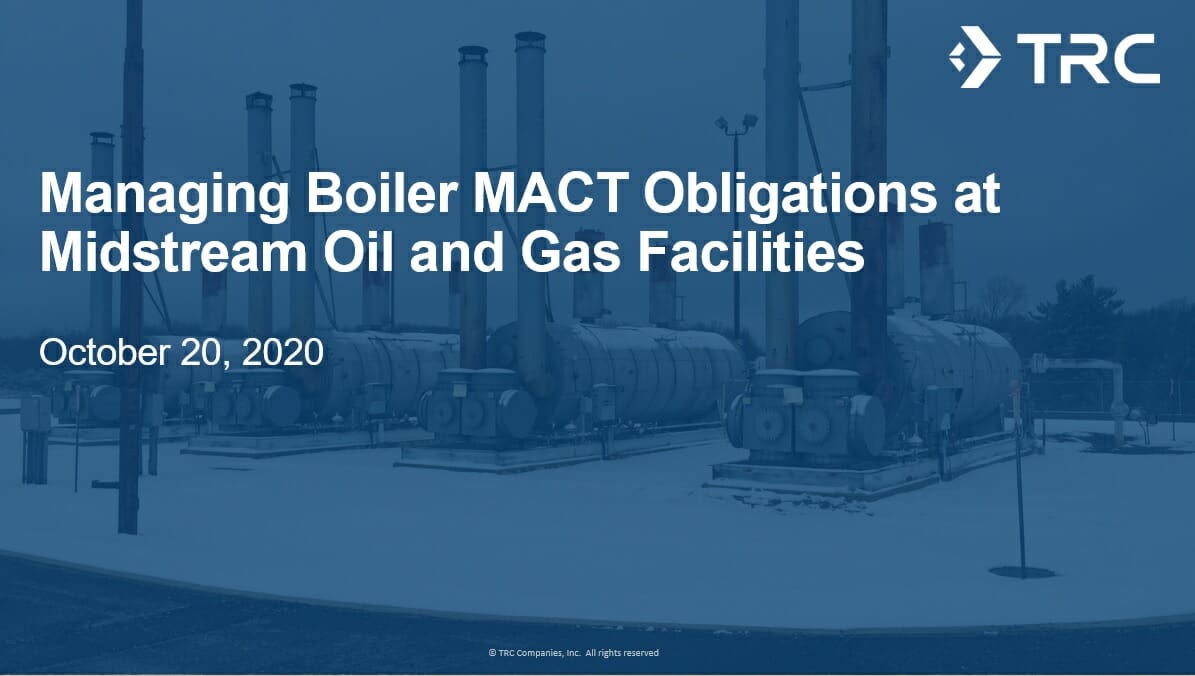Author: Dave Elam | February 6, 2024
The Inflation Reduction Act (IRA) signed by President Biden on August 16, 2022, modified the Clean Air Act (CAA) by adding several new sections, including Section 136, “Methane Emissions and Waste Reduction Incentives for Petroleum and Natural Gas Systems.” Section 136 of the CAA establishes a “Waste Emissions Charge” for applicable facilities that emit more than 25,000 metric tons (mt) of carbon dioxide equivalent (CO2e) as reported under subpart W (Petroleum and Natural Gas Systems) of Title 40 Code of Federal Regulations (CFR) Part 98 (Mandatory Greenhouse Gas Reporting).
Although the statute defined the charge amount and escalation schedule, it directed the Environmental Protection Agency (EPA) to revise the requirements of 40 CFR Part 98 Subpart W to establish the regulatory framework for the waste emissions charge program with a requirement to promulgate final regulations by August 16, 2024.
Nine Facility Types Subject to the Proposed Rule
On January 26, 2024 (89 FR 5318), EPA proposed rules to implement the Waste Emissions Charge (WEC) program for facilities that exceed a waste emissions threshold. The following table summarizes the nine facility types subject to the rule and the associated waste methane intensity values used to calculate the threshold.
| Industry Segment | Industry Segment-Specific Methane Intensity |
| Onshore petroleum and natural gas production | 0.20 percent of natural gas sent to sale from facility; or 10 metric tons of methane per million barrels of oil sent to sale from facility, if facility sends no natural gas to sale |
| Onshore petroleum and natural gas gathering and boosting | 0.05 percent of natural gas sent to sale from or through facility |
| Onshore natural gas processing | |
| Onshore natural gas transmission compression | 0.11 percent of natural gas sent to sale from or through facility |
| Onshore natural gas transmission pipeline | |
| Underground natural gas storage | |
| LNG import and export equipment | 0.05 percent of natural gas sent to sale from or through facility |
| LNG storage |
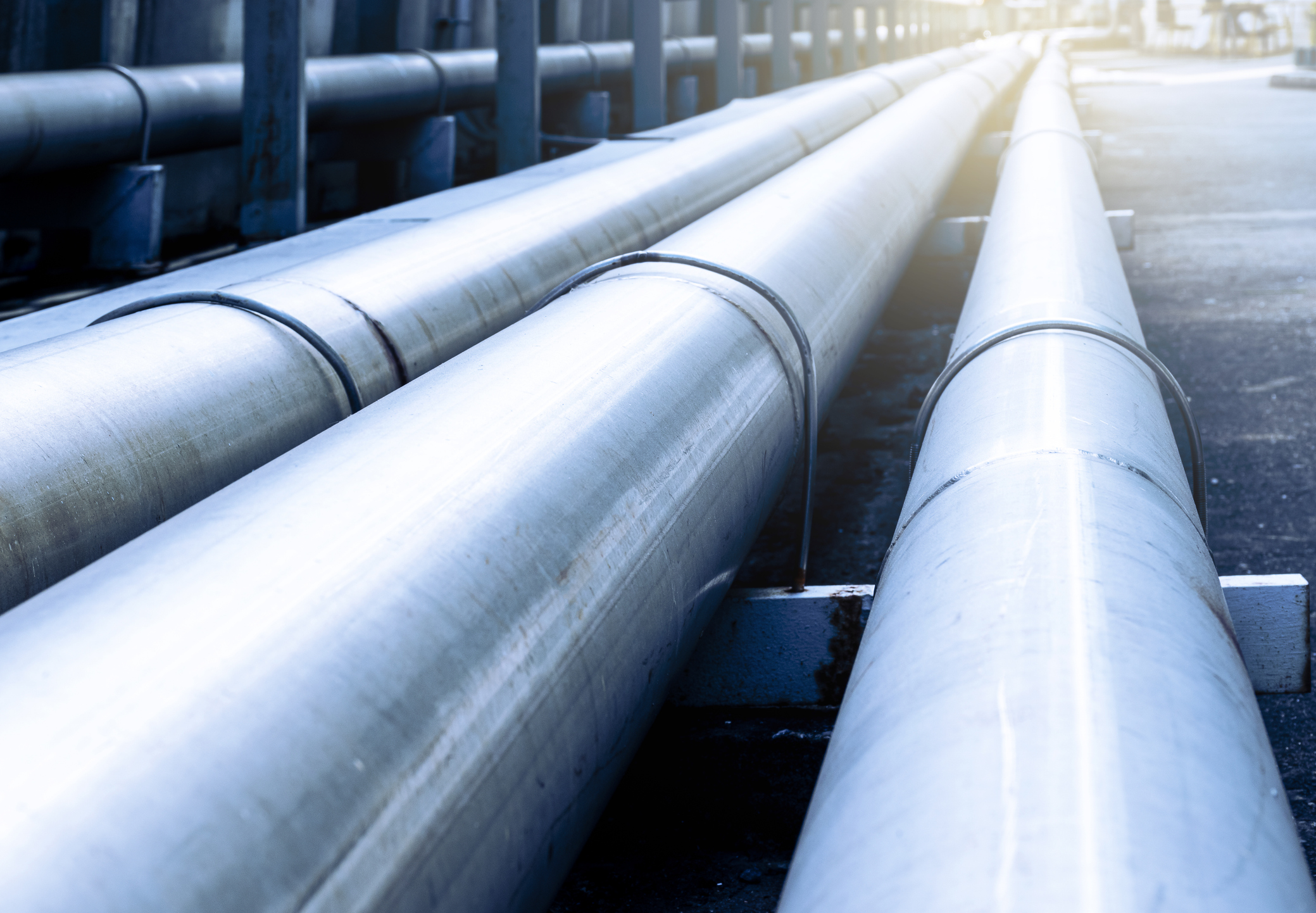
TRC Can Help
The proposed revisions to 40 CFR Part 98 Subpart W that address both GHG reporting and the WEC are intended to align with recently promulgated Quad O emission standards and guidelines for the oil and gas industry. Accordingly, an effective Quad O compliance strategy is central to reducing reported GHG emissions and potential WECs. TRC will continue to monitor EPA’s Methane Emission Reduction Program and welcomes the opportunity to help clients develop compliance strategies for these complex and evolving requirements.
Calculating Waste Emissions Quantities and Charges
To calculate the waste emissions threshold for each facility in mt, the throughput of natural gas (thousand standard cubic feet or Mscf) is multiplied by the industry specific methane intensity and the density of methane (0.0192 mt/Mscf). For production facilities without natural gas sales, the waste emissions threshold is determined by multiplying the oil intensity metric of 10 mt methane/million barrels of oil by the oil throughput in millions of barrels (bbl).
Facility applicable emissions are determined by subtracting the calculated waste emissions threshold from facility methane emissions as reported under Subpart W. Facility applicable emissions are positive if they exceed the waste emissions threshold and negative if they are below the waste emissions threshold. Emissions exceeding the threshold are subject to the WEC, which is $900/mt in 2024, $1,200/mt in 2025, and $1,500/mt thereafter. WEC charges will be paid to the US Department of Treasury electronically. As proposed, the WEC will affect almost 2,200 oil and gas facilities and result in estimated payments of $770 million in 2025 to comply with the rule.
As set forth in the statute, the proposed rule allows emissions netting. Facilities under common ownership or control as of December 31 for the reporting year would be able to sum emissions to calculate the net WEC. Netting is allowed both within and across industry segments. The proposed rule also includes statutory exemptions for production facilities that exceed the waste emissions threshold if those emissions are caused by unreasonable permitting delays that meet specific criteria. Methane emissions from oil and gas wells that have been plugged and shut-in during the reporting year are also exempt from the WEC calculation.
You can contact TRC for assistance with air measurement and emissions testing services.
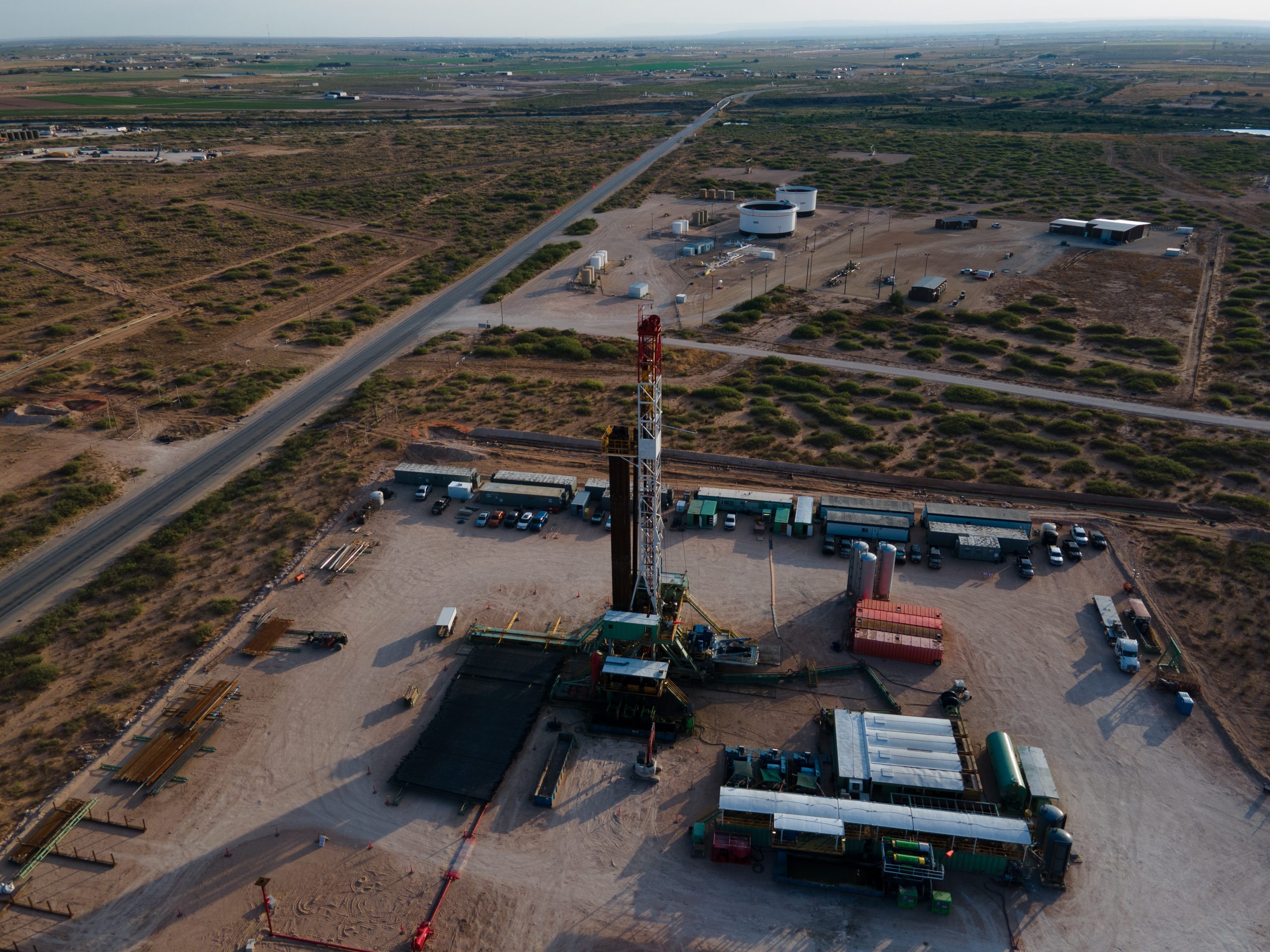
Impacts to the Oil and Gas Industry
It is important to note that EPA proposed revisions to 40 CFR Part 98 Subpart W on June 1, 2022 (86 FR 36920) were further revised to accommodate WEC requirements on August 1, 2023 (88 FR 50282). The final Subpart W rules based on these previously proposed revisions have not yet been promulgated. Unfortunately, some aspects of the previously proposed revisions present challenges for the oil and gas industry. For example, the proposed revisions include new emission factors, which in many cases will result in increased reported greenhouse gas (GHG) emissions even if there has been no change in facility operations. This problem is compounded by the fact that the proposed rule does not readily accommodate rapidly developing measurement technology. As a result, the oil and gas industry is effectively limited from using state-of-the-art methane measurement technology to empirically demonstrate that GHG emissions are actually lower than those resulting from emission factor calculations.
Next Steps
EPA will conduct a virtual public hearing on February 12, 2024. Speakers can register for the virtual hearing using the online registration form available at https://www.epa.gov/inflation-reduction-act/methane-emissions-reduction-program. The last day to pre-register to speak at the hearing will be February 7, 2024. On February 9, 2024, the EPA will post a general agenda that will list pre-registered speakers in approximate order at https://www.epa.gov/inflation-reduction-act/methane-emissions-reduction-program.
EPA is soliciting comments on the proposed rule. EPA’s preferred method for receiving written comments is by submittal to Docket ID No. EPA–HQ–OAR–2023–0434 located at www.regulations.gov. Comments must be received on or before March 26, 2024.
Gain
Peace-of-Mind
Partner With TRC’s Tested Practitioners
Related Materials
 Inflation Reduction Act Methane Emissions Charge: In Brief
Inflation Reduction Act Methane Emissions Charge: In Brief
Published August 29, 2022
 Revisions and Confidentiality Determinations for Data Elements Under the Greenhouse Gas Reporting Rule
Revisions and Confidentiality Determinations for Data Elements Under the Greenhouse Gas Reporting Rule
Published June 21, 2022
 Greenhouse Gas Reporting Rule: Revisions and Confidentiality Determinations for Petroleum and Natural Gas Systems
Greenhouse Gas Reporting Rule: Revisions and Confidentiality Determinations for Petroleum and Natural Gas Systems
Published August 1, 2023
Sharing Our Perspectives
Our practitioners share their insights and perspectives on the trends and challenges shaping the market.
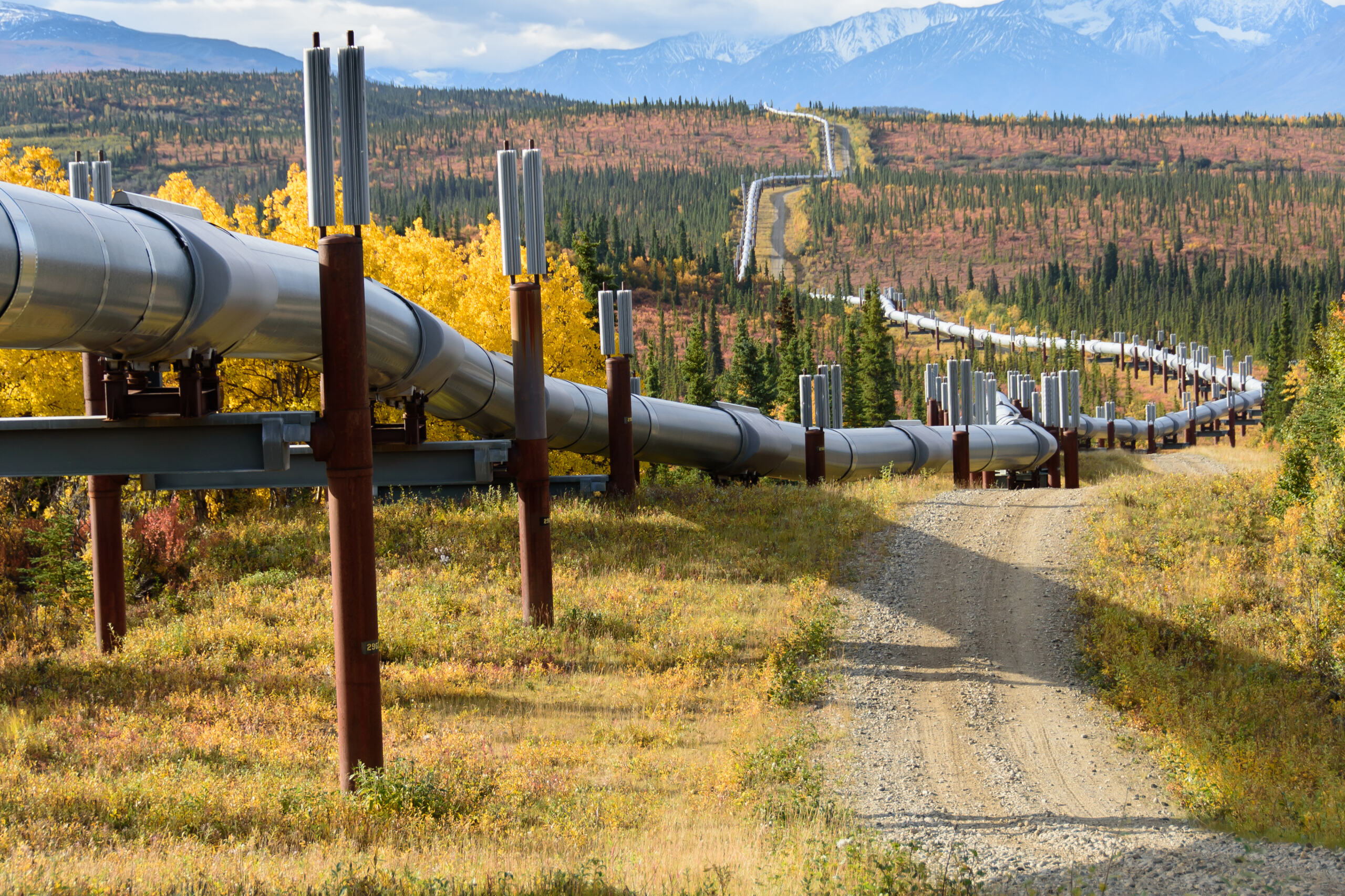
PHMSA Bulletin Outlines New Safety Management Advice
March 28, 2025
Cybersecurity threats to the Bulk Electric System (BES) are escalating, with attackers continuously evolving their tactics to target critical infrastructure.
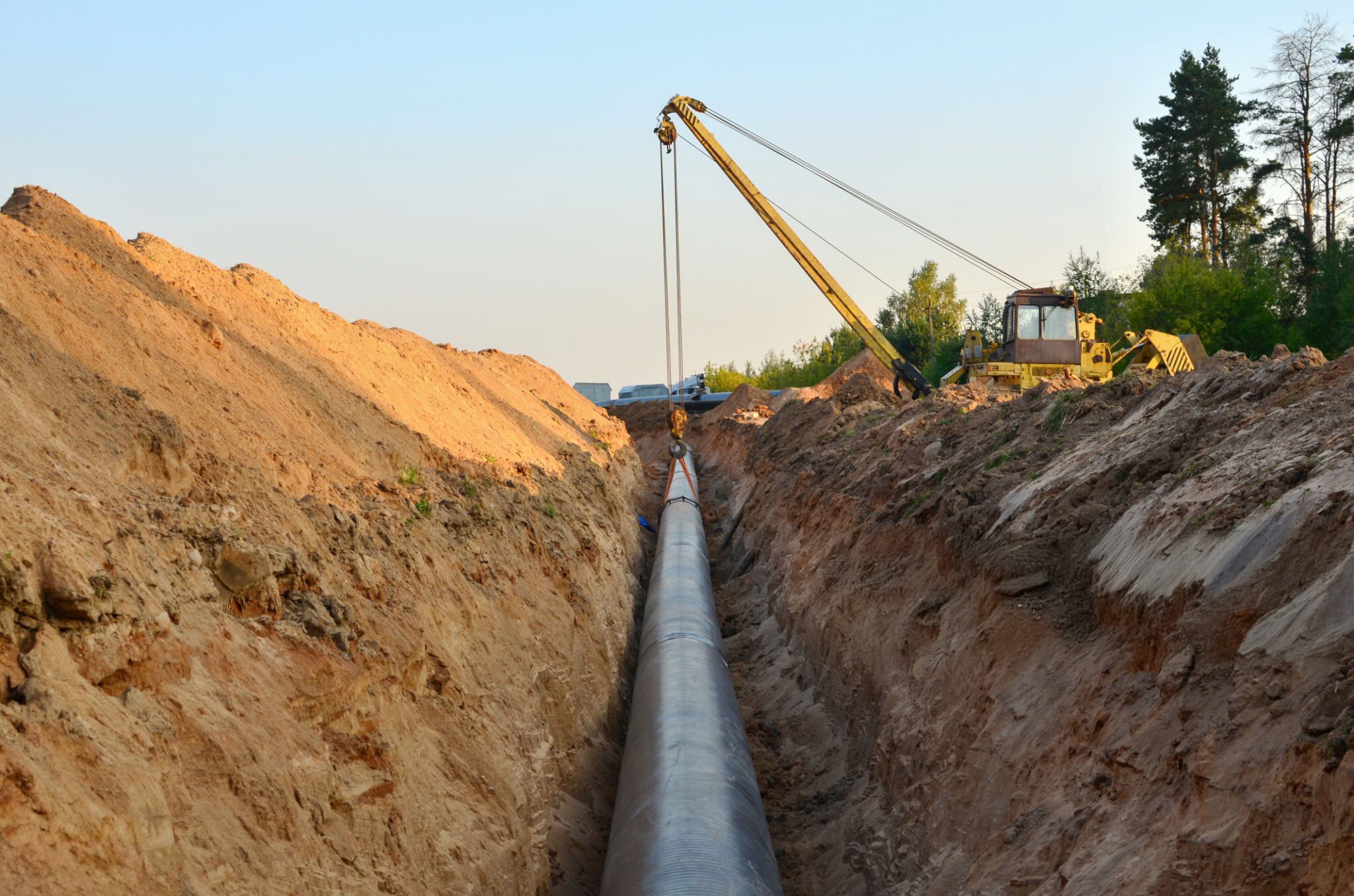
Enhancing Pipeline Integrity: HVAC/DC Interference Studies and Electromagnetic Fields (EMF) Analysis
January 15, 2025
The increasing presence of HVAC/DC transmission lines in modern power infrastructure has raised concerns about their impact on pipeline integrity. These systems, often co-located within shared corridors, generate electromagnetic fields (EMF) that introduce significant risks such as accelerated corrosion, equipment failures and safety hazards. Addressing HVAC/DC interference is now essential for ensuring long-term pipeline reliability and personnel safety.
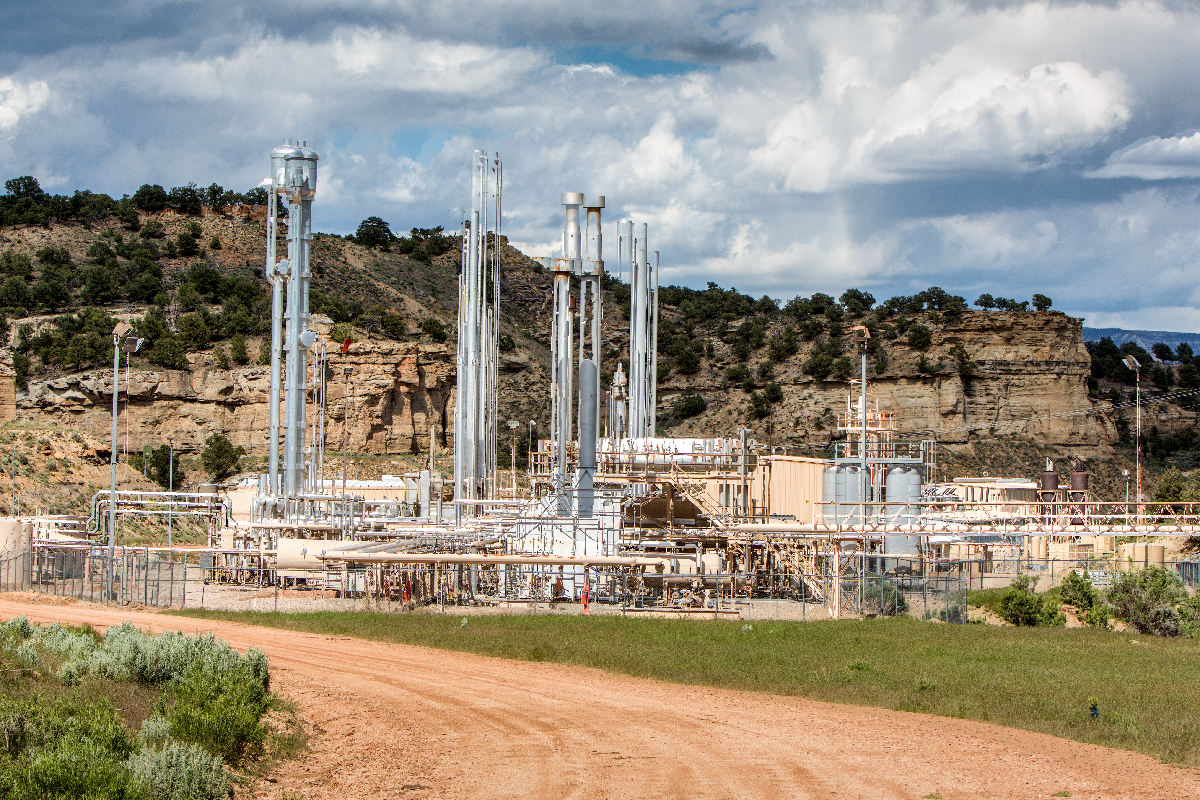
EPA Proposes Rules for IRA-mandated Waste Emissions Charge for Methane
February 6, 2024
EPA proposed rules to implement the Waste Emissions Charge (WEC) program for facilities that exceed a waste emissions threshold
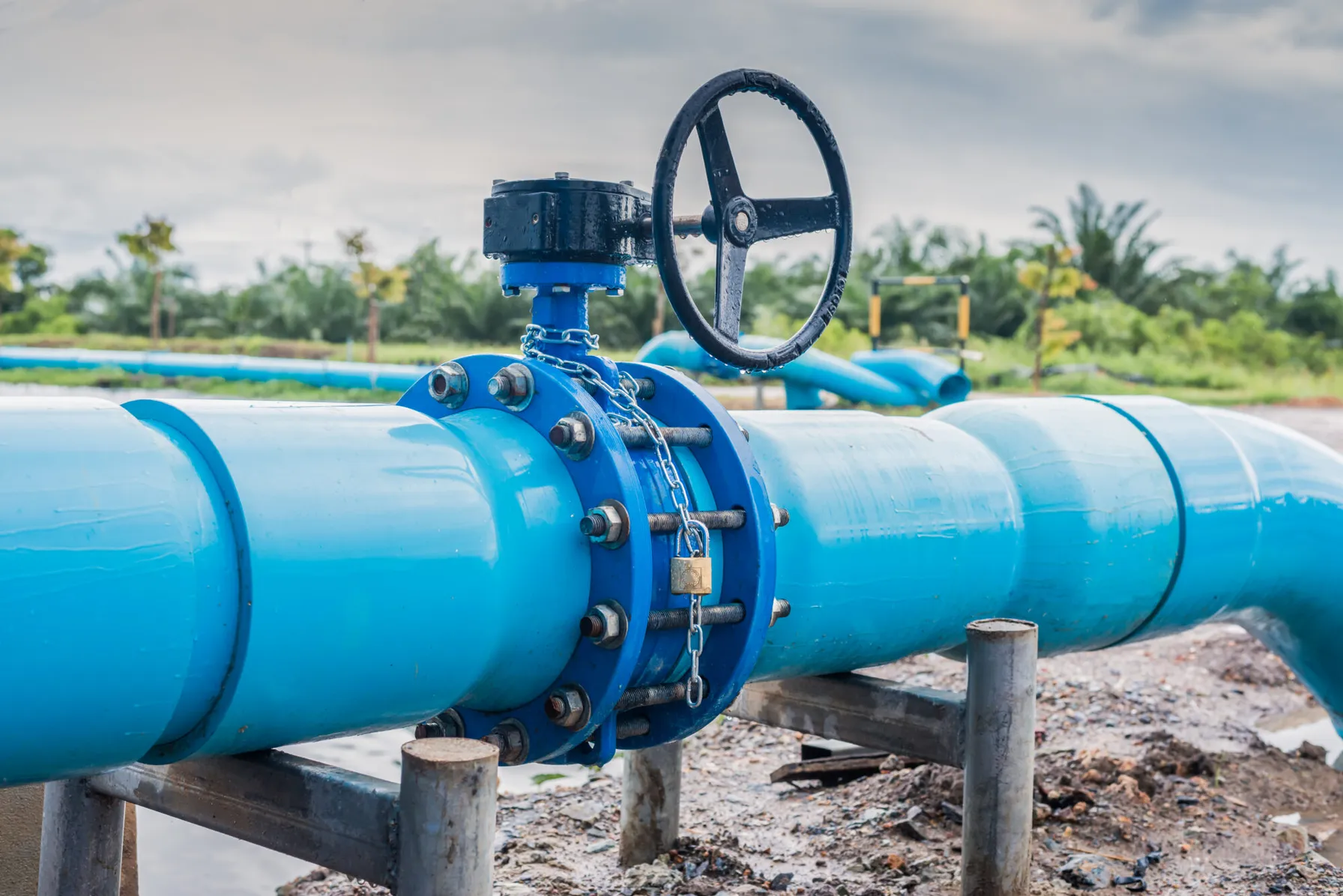
PHMSA Gas Transmission RIN2 Rule Now Effective
July 24, 2023
TRC summarizes the revised or added sections of RIN2.
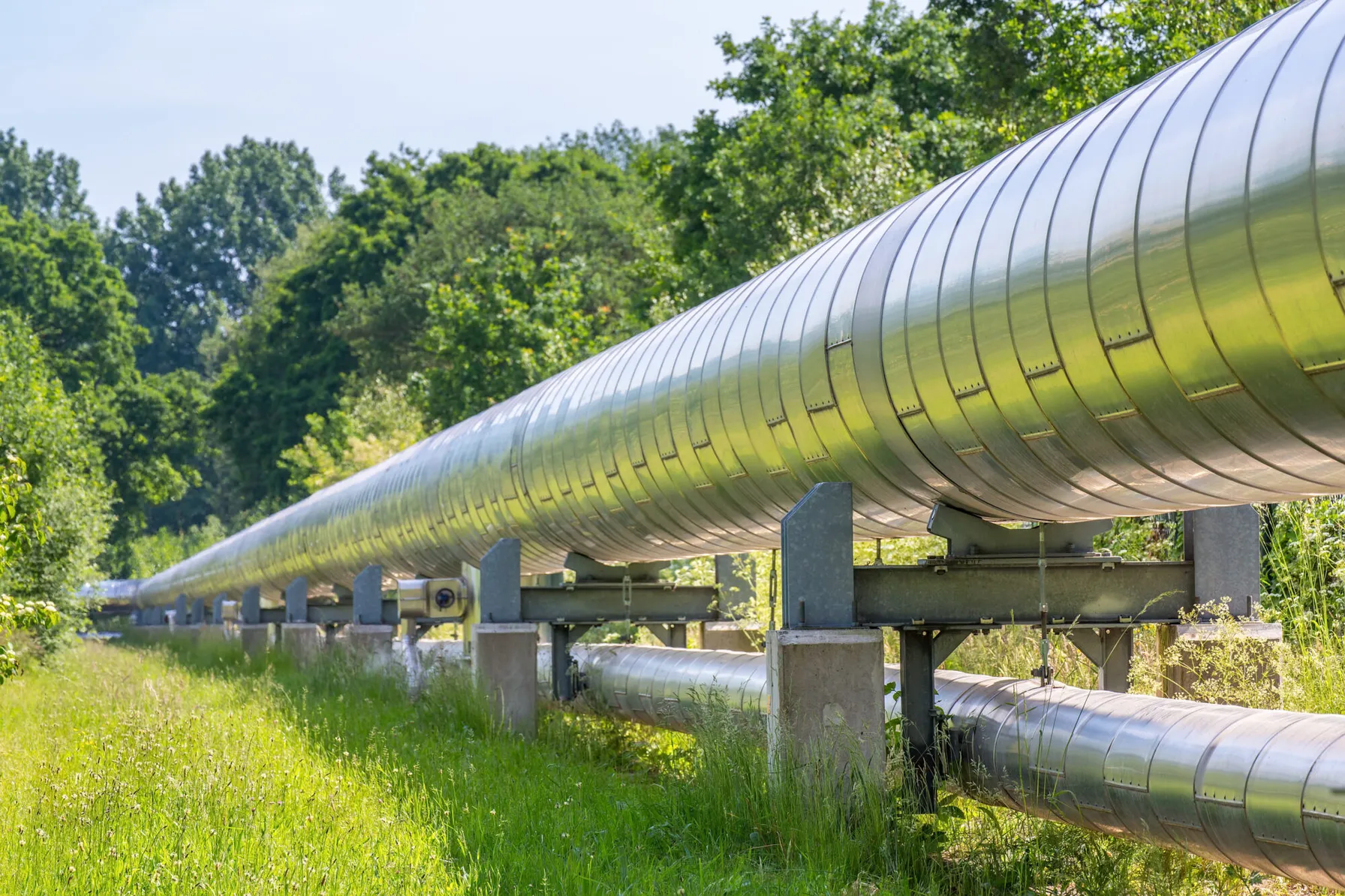
PHMSA Releases Proposed Rulemaking for Pipeline Safety and Gas Pipeline Leak Detection and Repair
June 15, 2023
TRC explains the Proposed Rulemaking for Pipeline Safety and Gas Pipeline Leak Detection and Repair
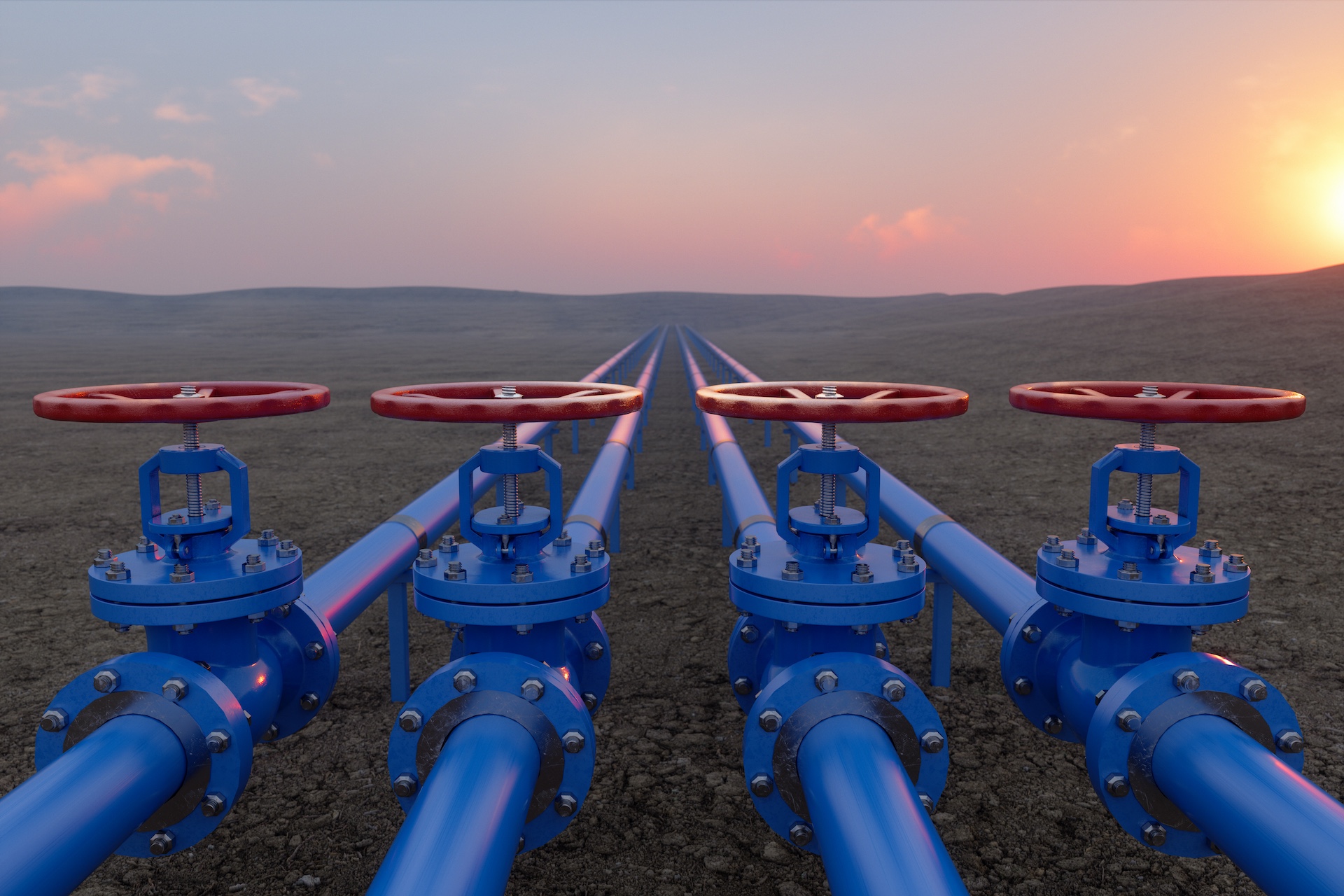
PHMSA Issues Gas Gathering Final Rule Summary & Requirements
November 30, 2021
PHMSA announced that they issued a final rule that significantly expands Federal pipeline safety oversight to all onshore gas gathering pipelines.
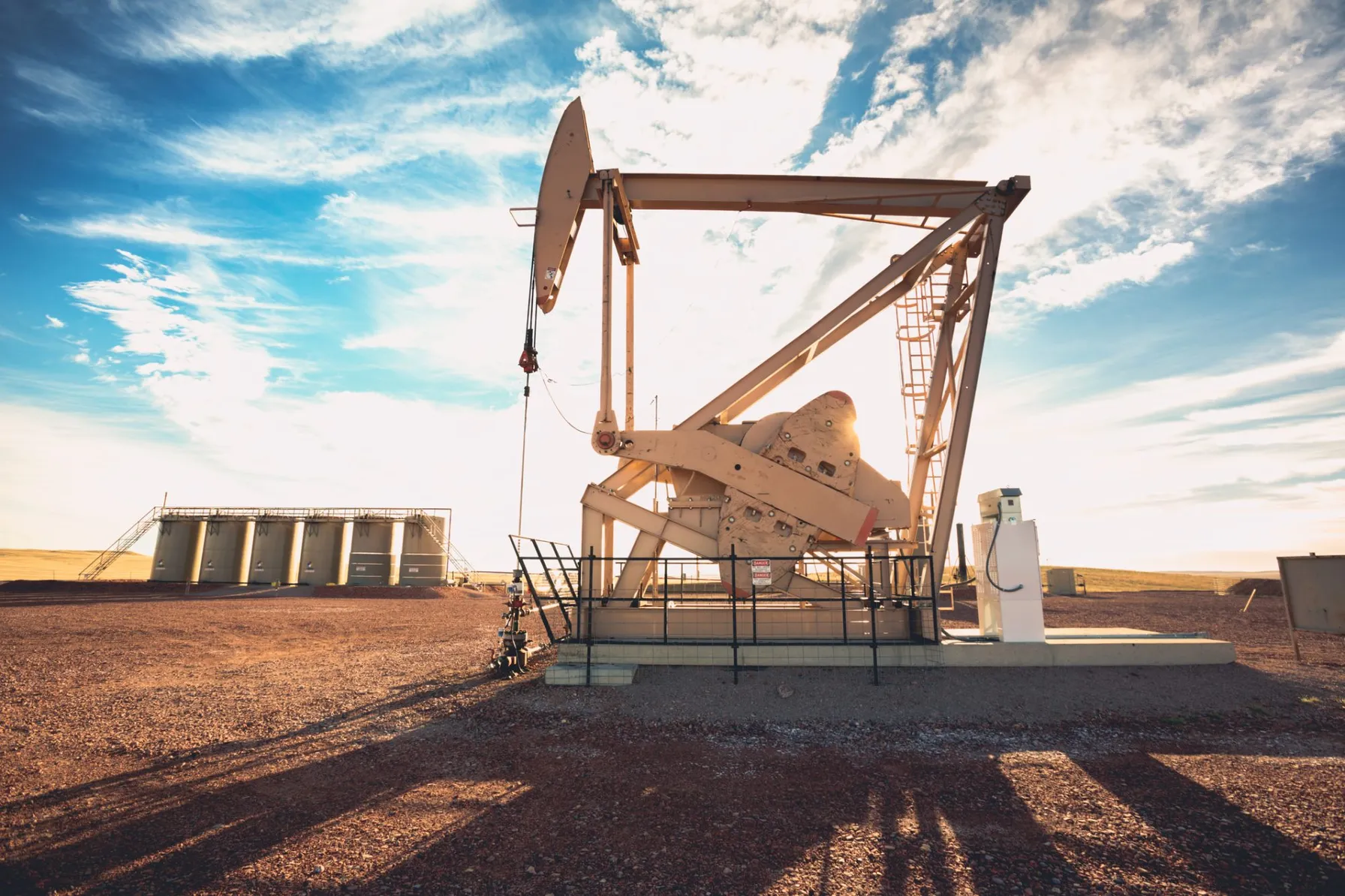
EPA Proposes Changes to Methane Control at Petroleum Operations
November 10, 2021
New Source Performance Standard for Methane Control at Petroleum Operations in 2022
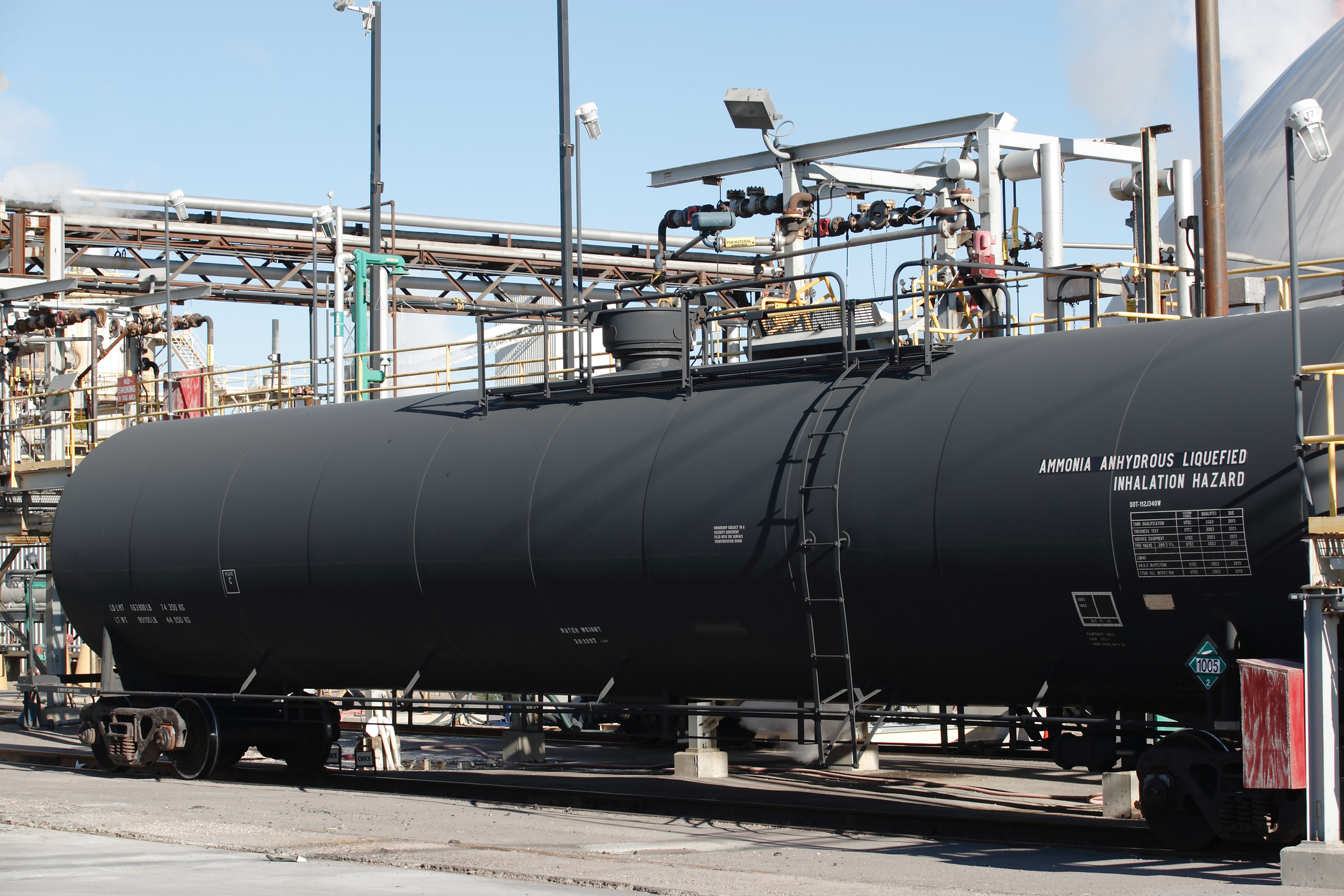
Environmental Compliance Key for Transloading Success
February 24, 2021
Transloading projects that support the transfer of oil from truck to rail and vice versa are an increasing growth opportunity for the rail industry. However, since transfer requires the handling of the goods, transloading can be expensive, and the risk of damage and spills is high.
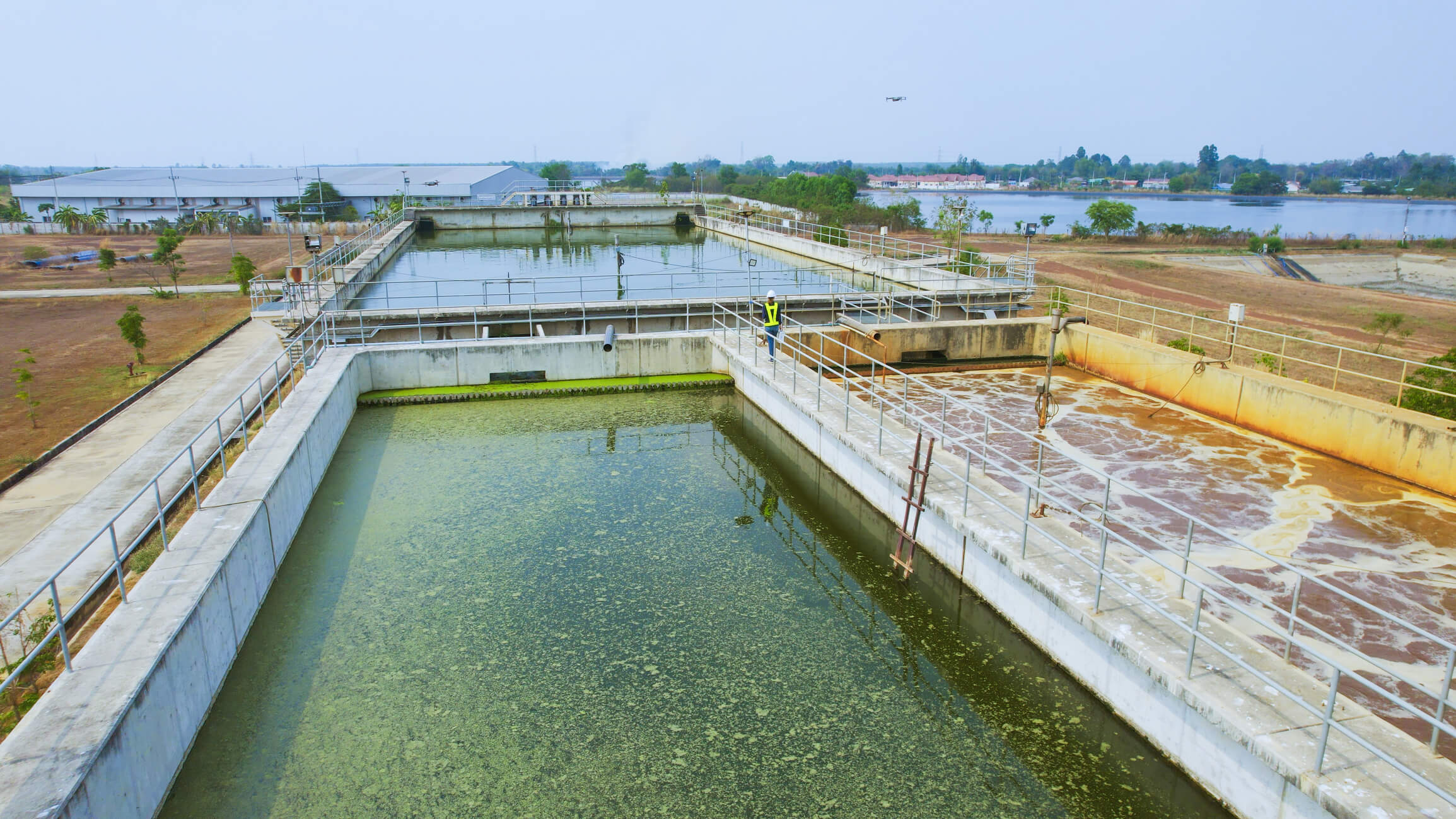
TCEQ to Assume Oil and Gas Wastewater Permitting from RRC
January 11, 2021
Historically, the Railroad Commission of Texas has been responsible for wastewater permitting of upstream oil and gas facilities under a Memorandum of Understanding with the Texas Commission on Environmental Quality.

INGAA Foundation Interview with Lauren O’Donnell
June 22, 2020
TRC’s own Lauren O’Donnell is currently the elected Chair of the INGAA Foundation. The Foundation’s primary activity is to sponsor research aimed at promoting natural gas use and safe, efficient pipeline construction and operation.
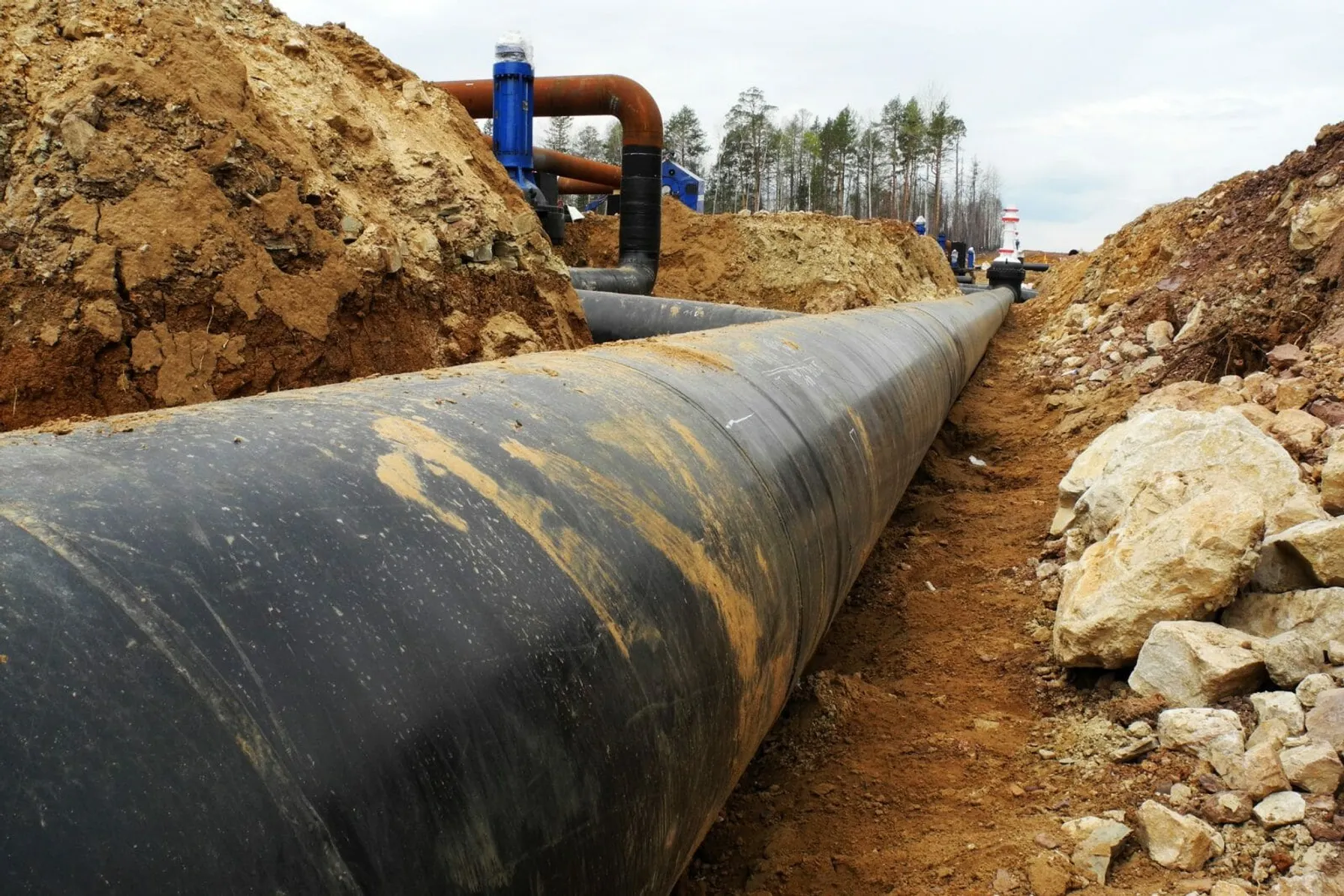
Targeting Perfection in the Construction and Operation of Pipelines
October 18, 2019
To have an impact on the delivery or operation of a pipeline, it’s vital to eliminate the intra- and inter-company barriers, including those in the areas of communications, culture and technology.
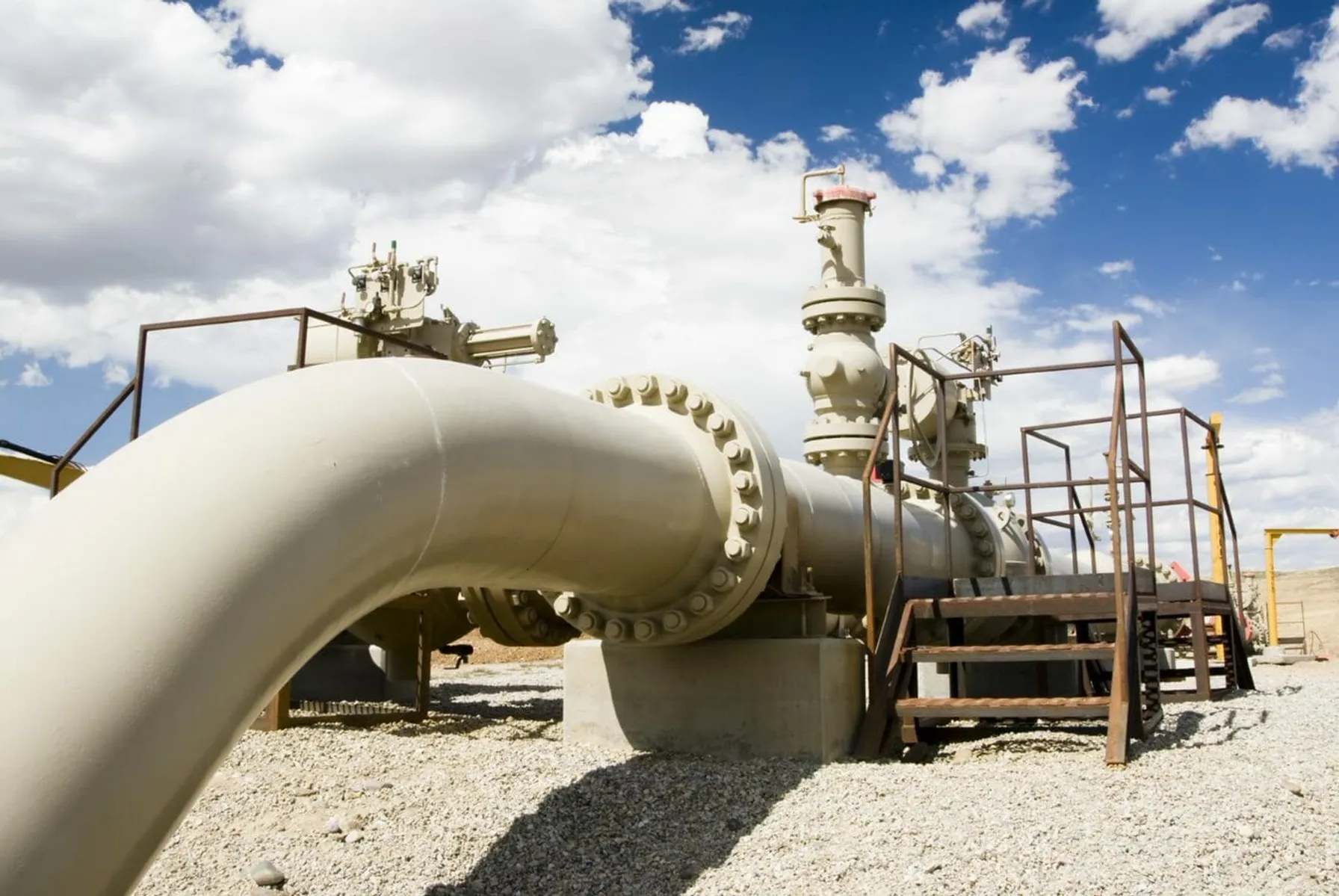
PHMSA Publishes New Rules to Increase the Safety of Hazardous Liquid Pipelines and Gas Transmission Pipelines
September 25, 2019
The Pipeline and Hazardous Materials Safety Administration this week published important new rules aimed at improving pipeline safety.
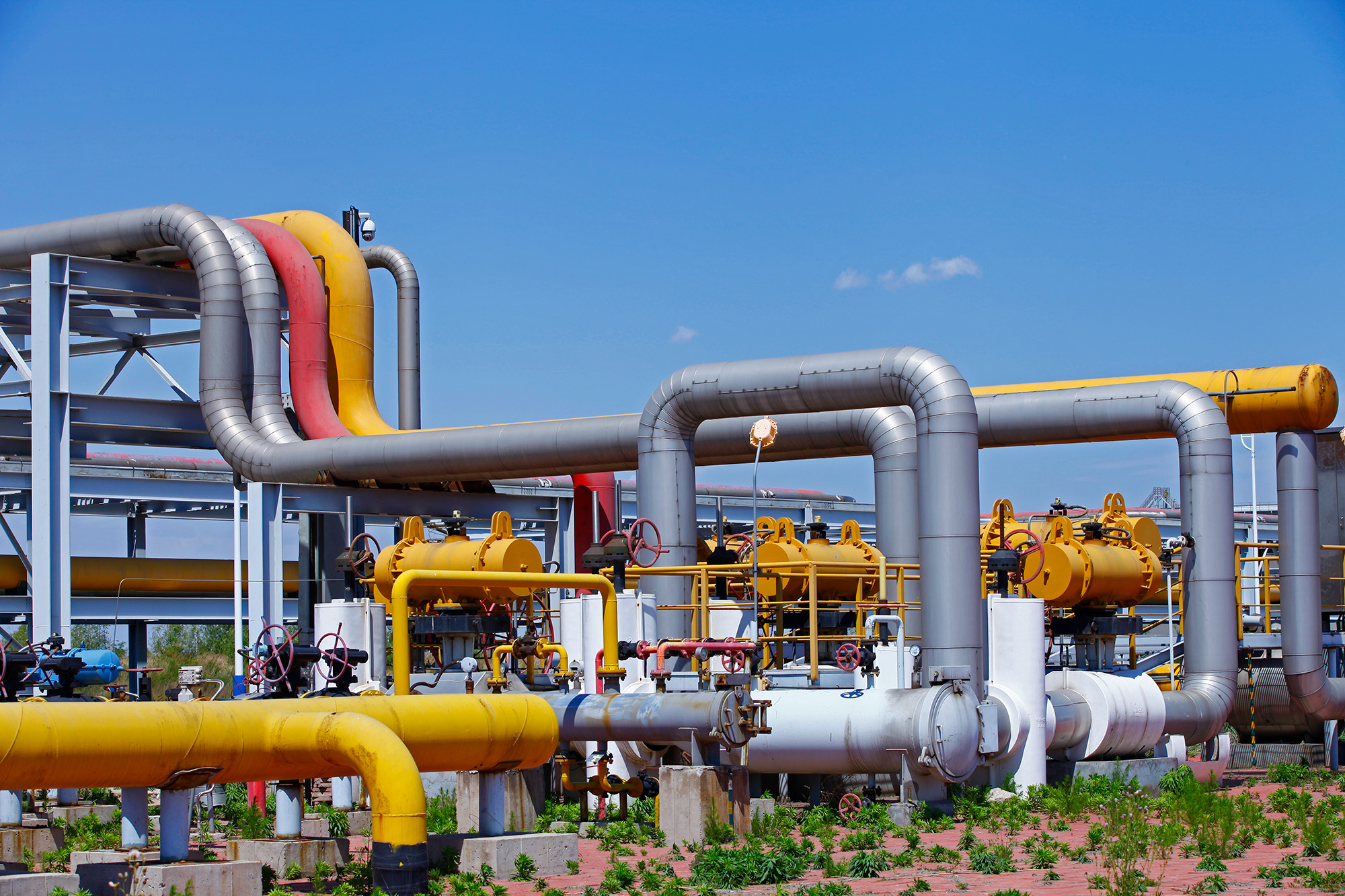
TRC Chosen to Provide Array of Integrated Services on Midship Pipeline Project
August 28, 2018
TRC has been awarded contracts for environmental consulting, engineering and field services and another for stem-to-stern Engineer, Procure and Construct (EPC) contract for three compressor stations.

Creating Lasting Value While Preparing for California’s Approaching Climate Disclosure Laws (SB253 and SB261)
June 17, 2025
Prepare for California’s new climate disclosure laws (SB253 & SB261) with guidance to turn compliance into long-term business value.
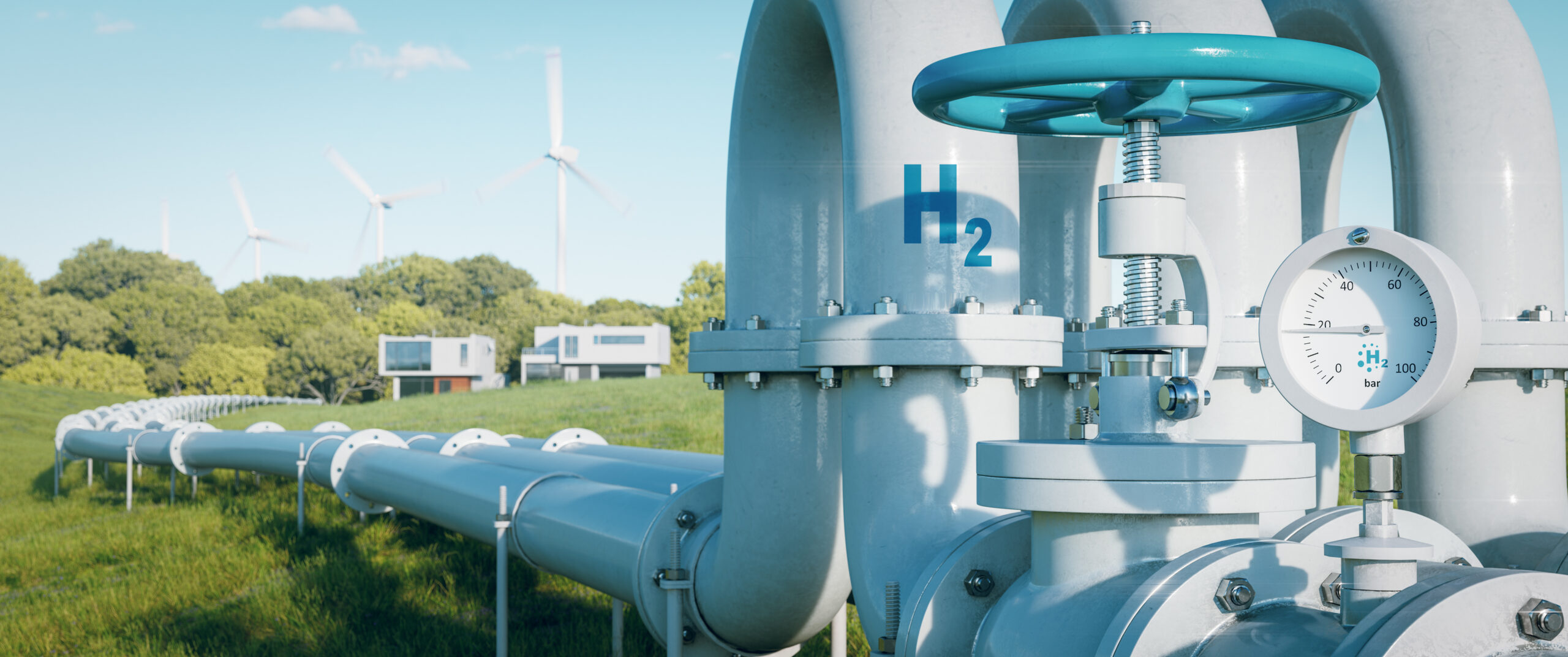
What Hydrogen Production Technologies Qualify for the 45V Tax Credit?
February 26, 2025
The 45V Tax Credit, formally known as the “Credit for Production of Clean Hydrogen and Energy Credit,” became effective on January 10, 2025 when it was published in the Federal Register. The 45V Tax Credit is one of the 21 tax credits that were created or amended by the Inflation Reduction Act (IRA). Finalization of this tax credit is important news to hydrogen project developers and financiers.
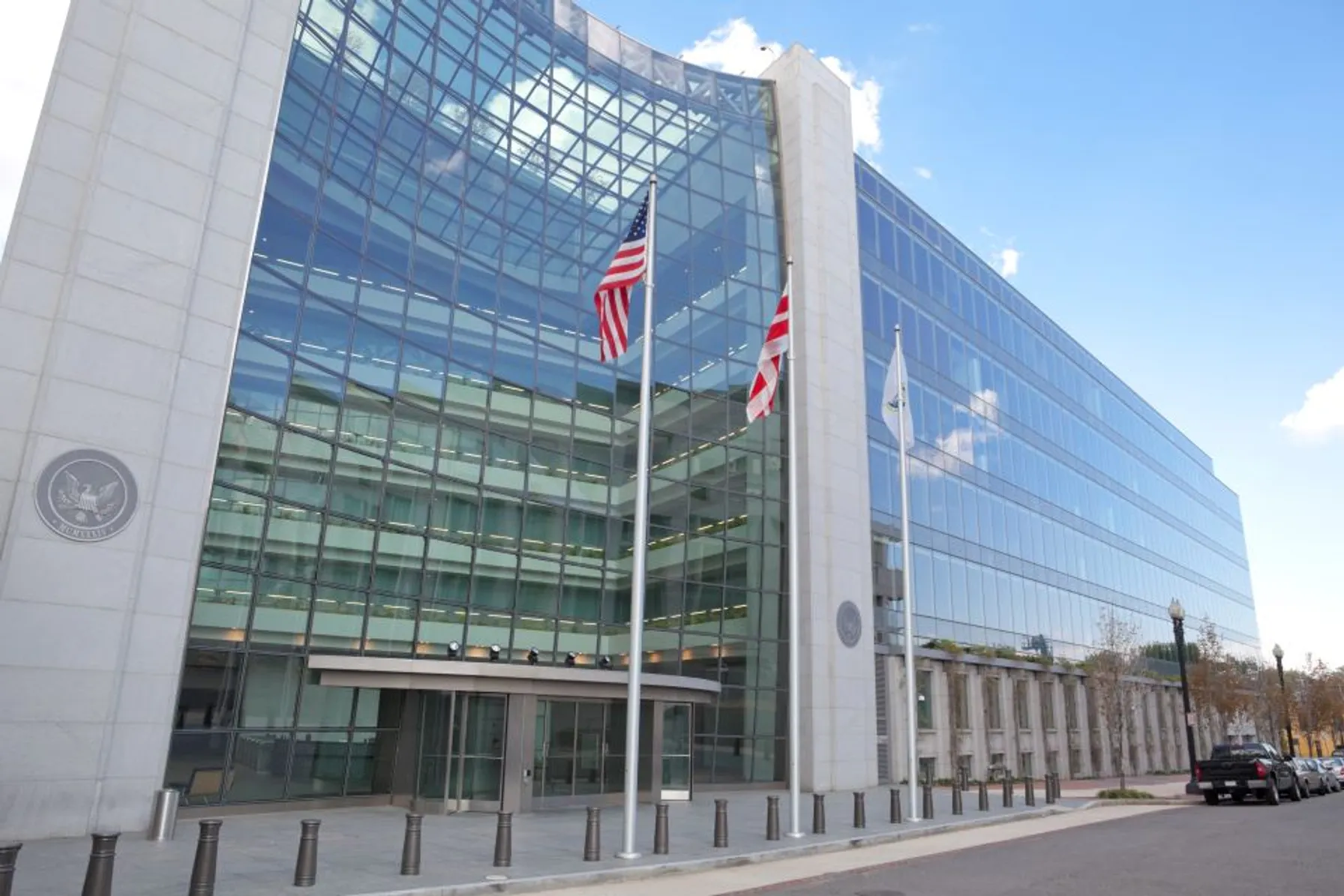
SEC Rules in Favor of Climate-Related Disclosures
March 8, 2024
In a long-awaited climate ruling, the Securities and Exchange Commission (SEC) ruled 3-2 in favor of the climate-related disclosures on March 6, 2024.

EPA Proposes Rules for IRA-mandated Waste Emissions Charge for Methane
February 6, 2024
EPA proposed rules to implement the Waste Emissions Charge (WEC) program for facilities that exceed a waste emissions threshold

What You Need to Know about the EU Corporate Sustainability Reporting Directive (CSRD)
January 19, 2024
January 1, 2024, marks the start of the first reporting timeframe for companies in scope of the European Union’s Corporate Sustainability Reporting Directive (CSRD).

New Jersey Implements Landmark Environmental Justice Regulations
August 2, 2023
A new landmark Environmental Justice (EJ) law is now effective in New Jersey following a lengthy rulemaking process surrounding the New Jersey Department of Environmental Protection’s (NJDEP) Administration Order (AO) No. 2021-25. It is the first rule of its kind and the strongest EJ regulation in the nation.

EPA Proposes Regulation of Green House Gas Emissions
July 10, 2023
This article highlights the EPA’s proposed rules to regulate greenhouse gas emissions from power plants and the potential impact on new and existing fossil fuel-fired facilities.

Organizing for Project Success
June 22, 2023
Many organizations are establishing Project Management Organizations (PMOs) to improve project management within their organizations. While there can be many reasons for establishing a PMO, most are established to improve project management with respect to schedule, cost, quality and risk. This article provides an overview of factors to consider when deciding on which type of PMO is most suitable for your organization and how best to implement a successful and high-performing PMO.

New Executive Order 14096 Broadens Environmental Justice Initiatives
May 9, 2023
Executive Order 14096, Revitalizing Our Nation’s Commitment to Environmental Justice for All, seeks to deepen the Biden administration’s “whole-of-government” approach to environmental justice (EJ) by fully integrating the consideration of unserved and overburdened communities and populations into all aspects of federal agency planning and delivery of services.
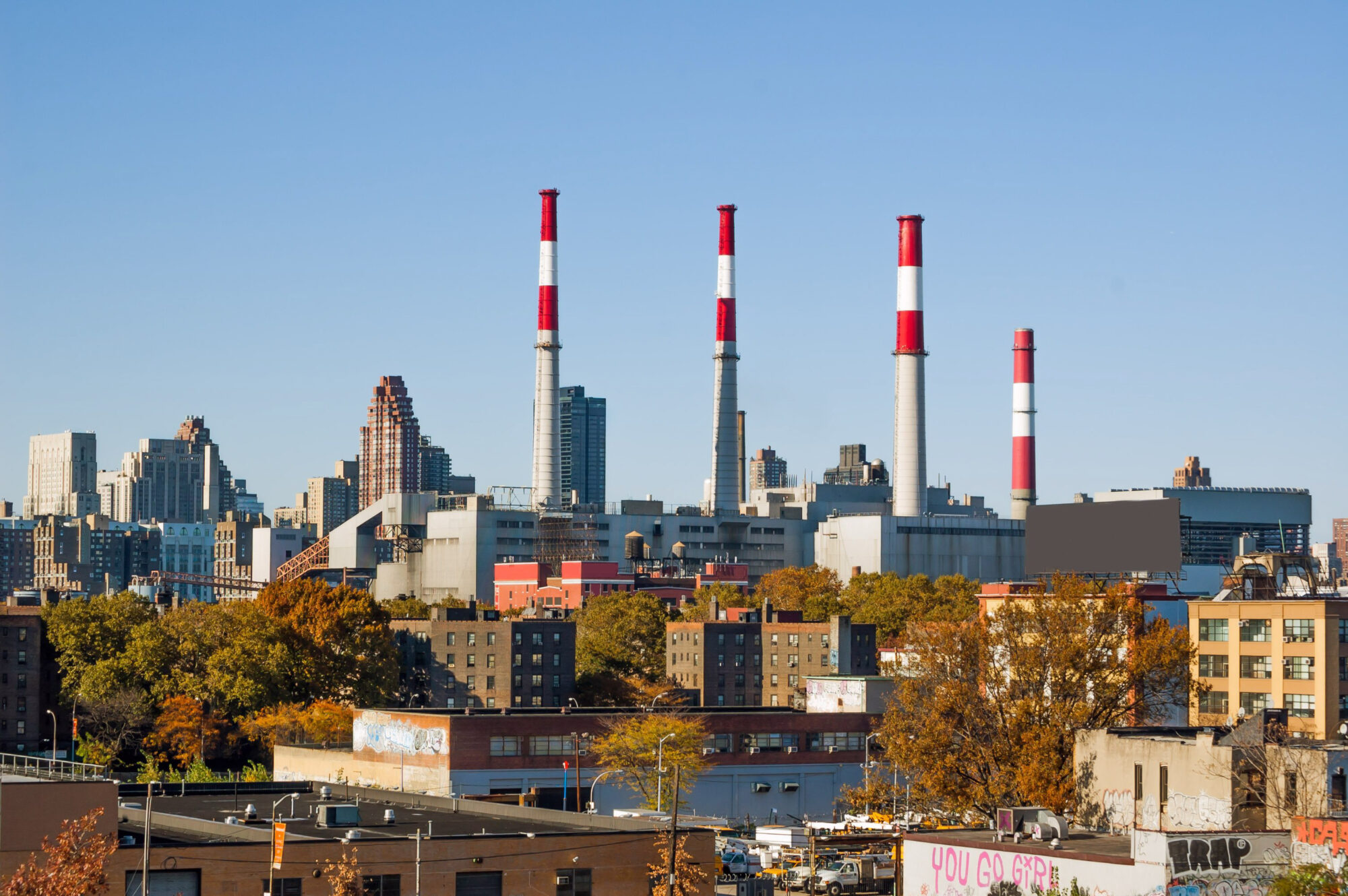
Proactive Enforcement is Key in the EPA FY2022-2026 Strategy
October 19, 2022
A core element of the EPA FY2022-2026 Strategic Plan focuses on environmental compliance.

Preparing for EPA Inspections in Environmental Justice Communities
October 4, 2022
The EPA Office of Enforcement and Compliance Assurance Have Expanded Goals to Strengthen Enforcement and Protections Within EJ Communities

TRC Companies Inc. welcomes the Founder and Key Principals of ESG Advisory Firm Enzo Advisors, LLC
September 27, 2022
TRC Companies announces the expansion of its Climate Solutions offering and ESG capabilities with the addition of the Founder and CEO, and key members of Enzo Advisors, LLC
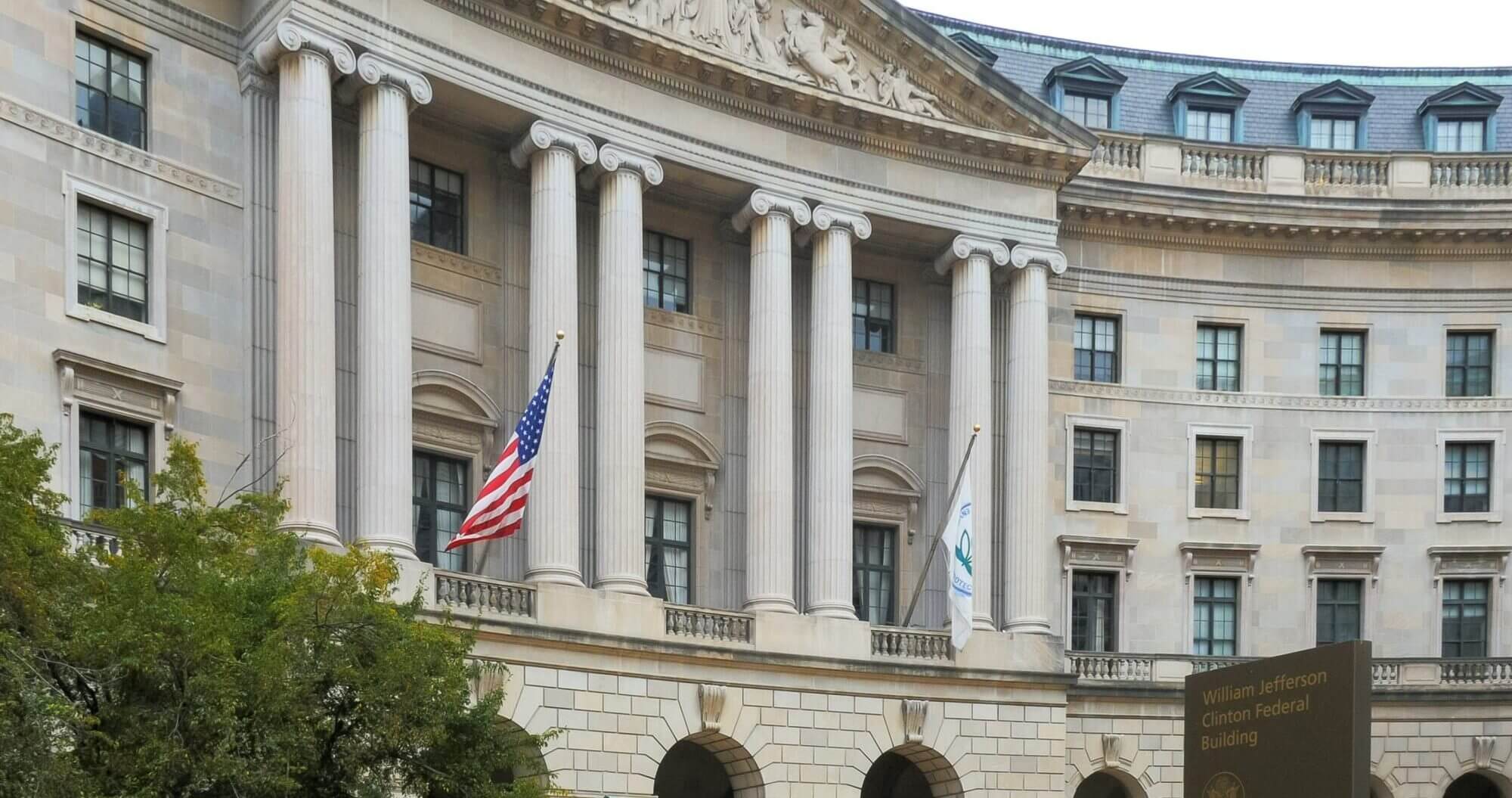
Climate Action and Environmental Justice are at the Forefront of EPA’s Strategic Plan
June 14, 2022
The EPA issued its Fiscal Year 2022-2026 Strategic Plan. Although the strategic plans emphases often change with administrations, we can be reasonably certain that the Plan reflects priorities through 2024.

TRC Companies Pledges to Achieve Net Zero GHG Emissions by 2040
April 26, 2022
TRC Companies, a digitally powered and environmentally focused global professional services firm, announced its commitment to achieve Net Zero greenhouse gas (GHG) emissions across its full value chain by 2040, aligning with the most ambitious aim of the Paris Agreement to limit global temperature rises to 1.5 °C.

Why Are ESG Frameworks Important?
April 13, 2022
ESG standards significantly impact long-term growth, leading many companies to integrate ESG reporting into their corporate social responsibility (CSR) strategies. ESG frameworks are broad and diverse, and establishing a reporting system that covers your industry’s most relevant metrics can be challenging.

How Does ESG Address Environmental Concerns?
October 22, 2021
When investors consider where to put their money, they may examine environmental, social and governance (ESG) criteria, learn about a company’s core values and decide if they align with their own. Young people, in particular, search out this information to make decisions that align with their morals.

What Is Environmental, Social and Corporate Governance?
October 10, 2021
Several key considerations help determine whether an investor decides to support a particular company. While many factors can tip the scales, investors are increasingly seeking out businesses that uphold higher standards. Therefore, companies should openly communicate their standards to make it easier for investors to understand their values.

NJDEP Implements New Jersey Environmental Justice Law Through Administrative Order
October 5, 2021
On September 22, 2021, the New Jersey Department of Environmental Protection (NJDEP) Commissioner announced the issuance of Administrative Order (AO) No. 2021-25 to implement New Jersey’s Environmental Justice (EJ) Law. This order is effective immediately, and applicants seeking to site new major source facilities, renew major source permits or expand existing facilities with major source permits (e.g., Title V air permits) in overburdened communities are affected. There are more than 4.5 million people that live within 331 municipalities that are overburdened communities in the state of New Jersey.

Cryptocurrency: The Environmental Threats and Opportunities
August 9, 2021
Cryptocurrency (also known as crypto) is taking the fintech industry by storm, despite the economic experts who still dismiss it as a viable form of currency. Although often criticized for this volatility, whistleblowers are also further shining a light on the severe toll that these digital currencies are taking on the environment.

Managing EHS & ESG Risks Through Integrated Systems Today and Beyond
July 22, 2021
It has been more than 50 years since the development and establishment of the federal Environmental Protection Agency (EPA) and the federal Occupational Safety & Health Administration (OSHA) which were formed to protect our environment and workplaces across the United States. Significant laws, policies and regulations followed to establish the “regulatory programs” that all applicable businesses and entities must address and meet to ensure these compliance-driven legislative programs would create a foundation to protect our society.

TRC Announces Collaboration with Greenstone Reinforcing Integrated ESG, Sustainability and Climate Risk Solutions
June 26, 2020
On September 22, 2021, the New Jersey Department of Environmental Protection (NJDEP) Commissioner announced the issuance of Administrative Order (AO) No. 2021-25 to implement New Jersey’s Environmental Justice (EJ) Law. This order is effective immediately, and applicants seeking to site new major source facilities, renew major source permits or expand existing facilities with major source permits (e.g., Title V air permits) in overburdened communities are affected. There are more than 4.5 million people that live within 331 municipalities that are overburdened communities in the state of New Jersey. The Administrative Order requires an enhanced public participation process that requires facilities to: Hold a public hearing meeting as determined by the Environmental Justice Law. To the extent consistent with applicable law, have a public comment period that is a minimum of sixty (60) days. If there is written request from members of the respective overburdened community, the public comment period may be extended by thirty (30) days to provide information related to “information regarding existing conditions within the overburdened community and potential facility-wide environmental and public health stressors that could result in adverse impacts upon the overburdened community were the regulated activity approved.” Respond to and address the concerns raised by individuals from the overburdened community during the public comment period, which may include the need to perform additional analysis as deemed necessary by the NJDEP. Solicit concerns from the overburdened community regarding environmental or public health stressors posed by the facility. Adhere to special conditions placed on permits approved by the NJDEP. Special conditions may be placed to avoid or minimize public health stressors to the maximum extent allowed by law. NJDEP has the authority to reopen or further extend the public comment period on a case-by-case basis, as consistent with applicable law and statues. Title V permit holders in overburdened communities in New Jersey must take steps to address new and multi-faceted environmental justice regulations and should do so in an effective manner to avoid business difficulties and manage public relations issues. This AO has the potential to significantly impact project schedules for new projects or facility expansions. Therefore, identifying EJ-related concerns during the planning phase is critical to a successful project and benefits both the business and the community.

COVID-19 and Implications for ESG Investing
June 3, 2020
This global pandemic has exposed business vulnerabilities and recalibrated material Environmental Social and Governance factors for investors.
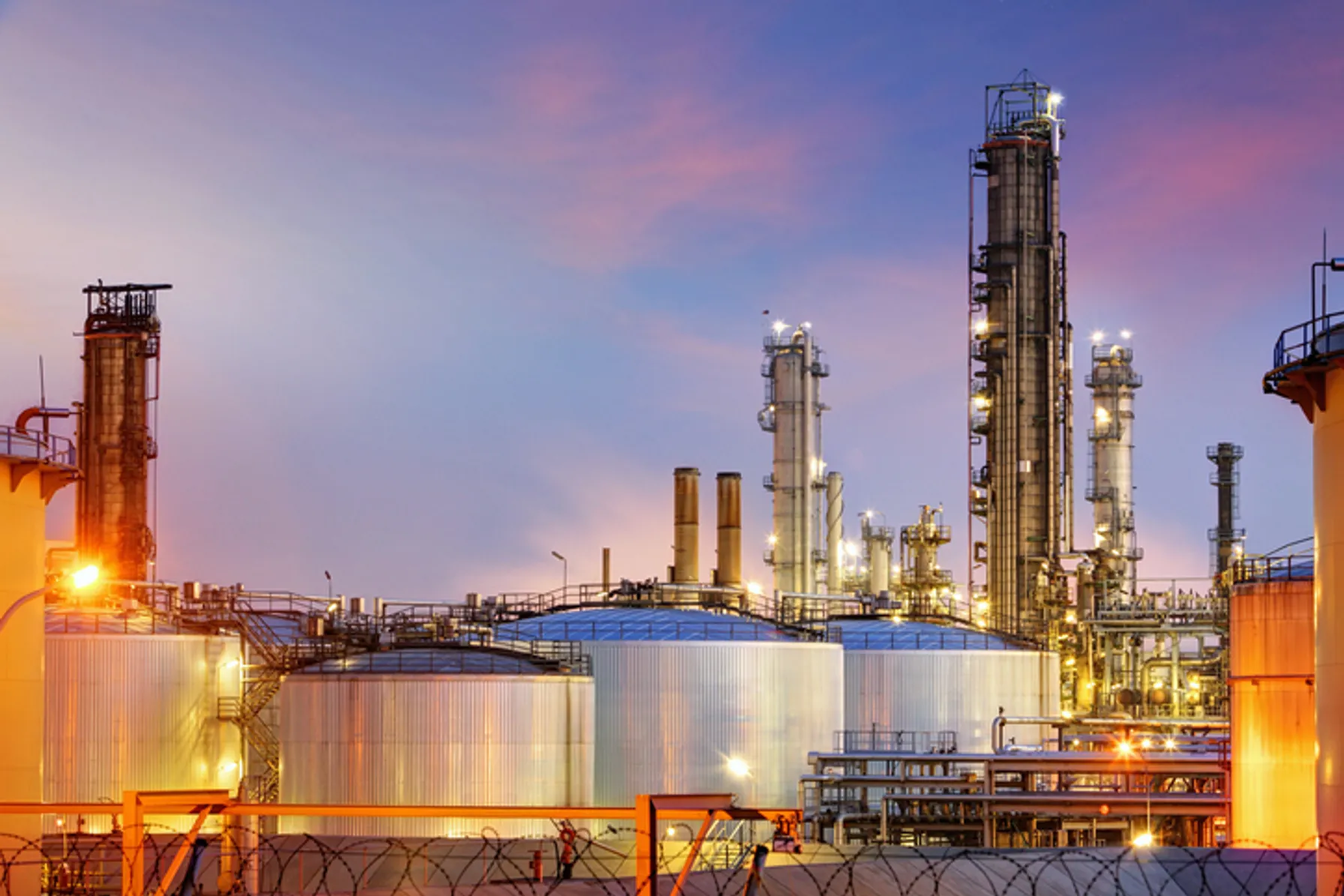
PM2.5 Annual NAAQS Revised
May 7, 2024
The U.S. EPA issued a final rule based on its reconsideration of its 2020 decision to retain the primary and secondary National Ambient Air Quality Standards (NAAQS) for particulate matter (PM) without revision.
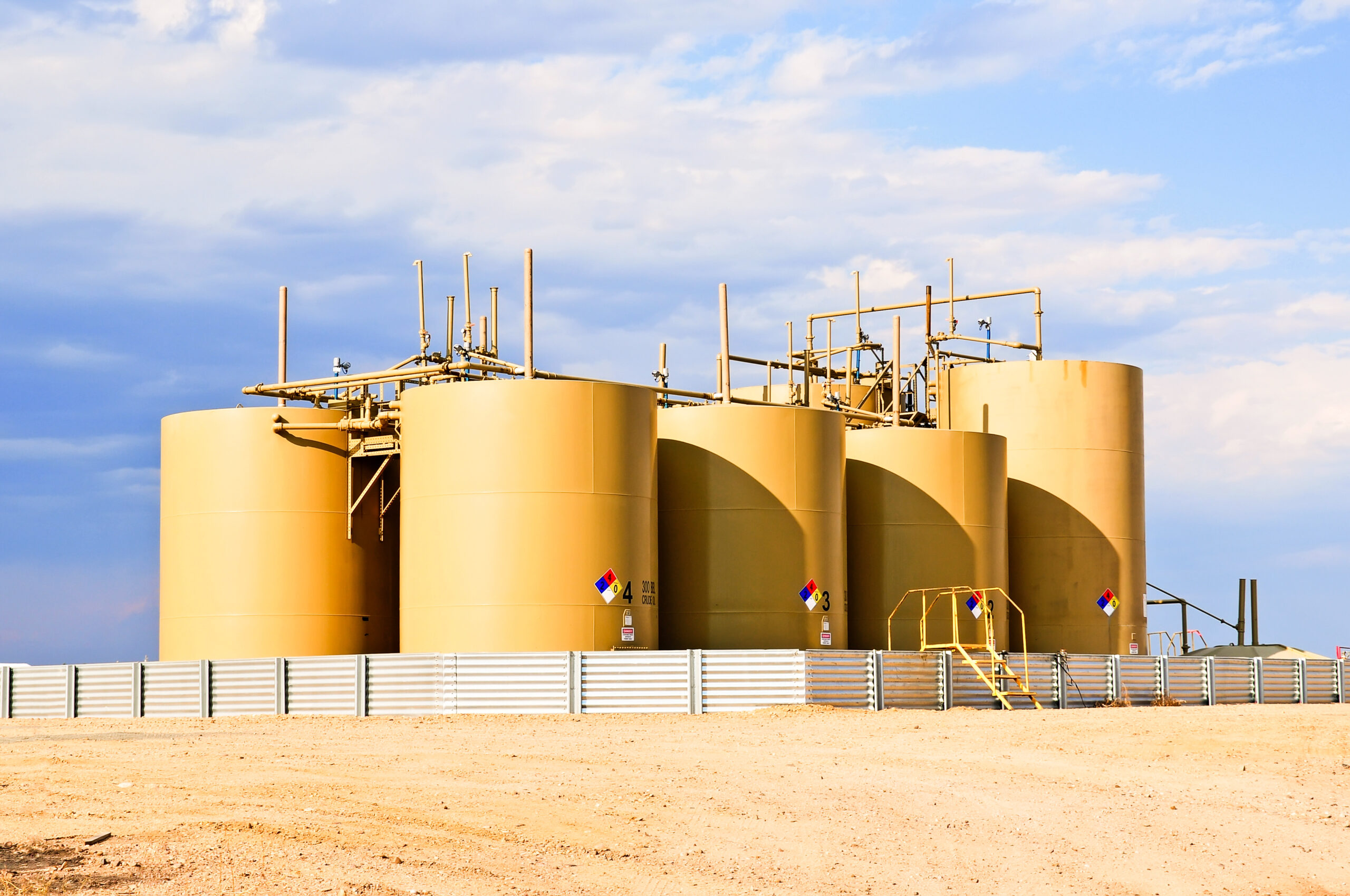
EPA Issues Regulations for Oil and Natural Gas Sector Tank Emissions
April 30, 2024
Storage Vessel or Tank Battery Operators Must Reduce Emissions by 95%.

EPA Proposes Rules for IRA-mandated Waste Emissions Charge for Methane
February 6, 2024
EPA proposed rules to implement the Waste Emissions Charge (WEC) program for facilities that exceed a waste emissions threshold

EPA Proposes New Guidance on Air Quality Analysis for Permits
January 5, 2024
On October 23, 2023, the US EPA proposed changes to the Guideline on Air Quality Models and the US EPA model AERMOD

Modeling of Fogging and Icing Events
December 14, 2023
In recent years, various agencies across the country have become committed to understanding the impacts of fog generated by cooling systems. At first glance, fog created by cooling towers may not appear to be a significant problem, however, it can have adverse effects on the public. Fog can impair visibility for people driving on roads and if temperatures are below freezing, fog can cause the formation of rime ice on surfaces. To understand the consequences of fog created by these cooling systems, experts have devised advanced modeling techniques.

EPA Proposes Regulation of Green House Gas Emissions
July 10, 2023
This article highlights the EPA’s proposed rules to regulate greenhouse gas emissions from power plants and the potential impact on new and existing fossil fuel-fired facilities.
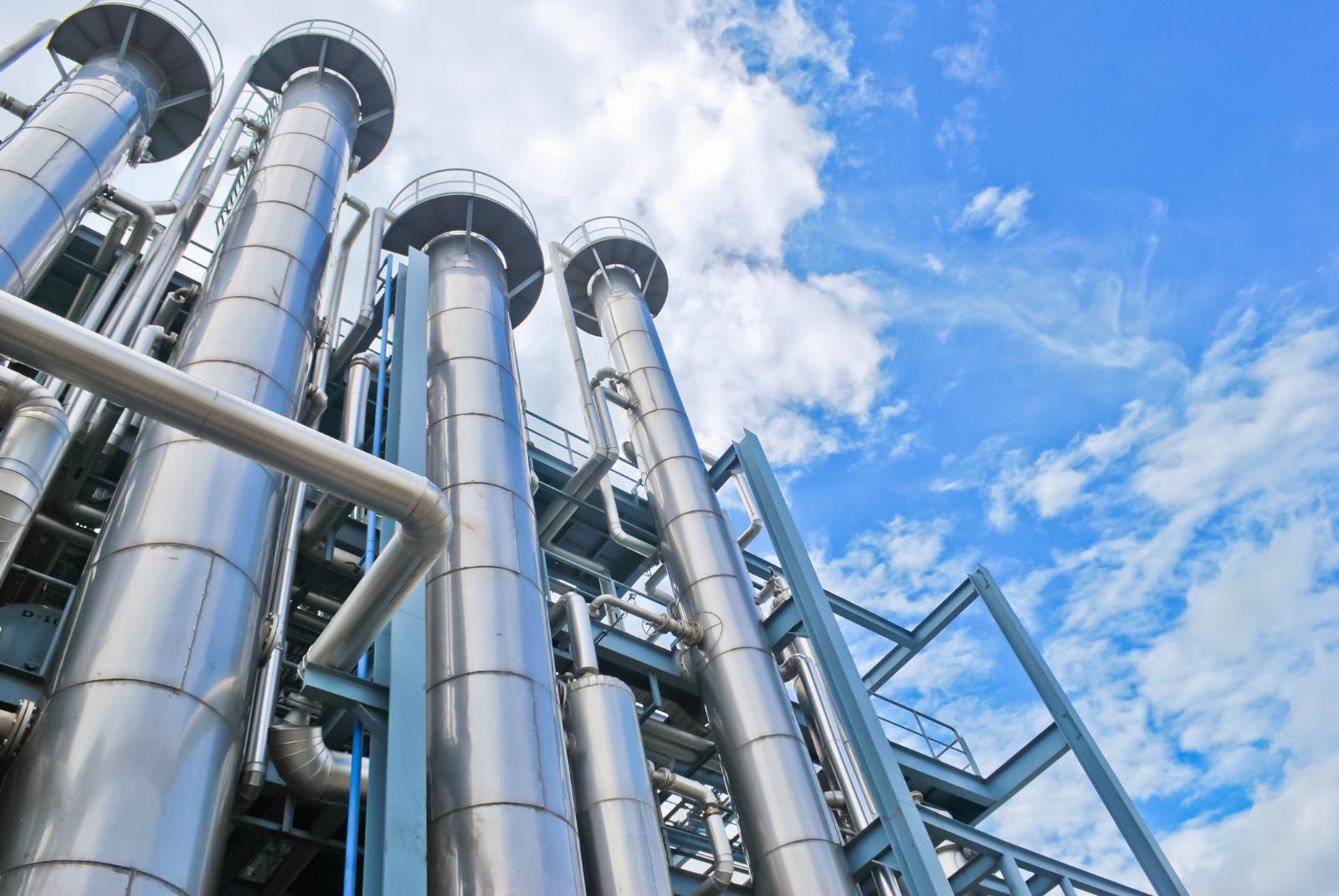
TRC Acquires United Sciences Testing, Inc., Expanding Air Management Capabilities
February 23, 2022
TRC Companies (“TRC”), announced the expansion of its Air Management capabilities with the acquisition of United Sciences Testing, Inc. (USTI), who provides emissions testing services to utility and industrial clients within the Great Lakes and Midwest regions of the US.

EPA Adds First New Hazardous Air Pollutant Since 1990
January 14, 2022
EPA finalized a rule to add 1-bromopropane to the federal list of hazardous air pollutants (HAPs) on December 22, 2022.

Air Emissions Permitting: What Analytical Laboratories Need to Know About Compliance
December 18, 2021
The independent testing of liquid and solid samples is a critical way that businesses demonstrate regulatory compliance. The laboratories that perform these analyses are also subject to environmental rules and should closely track their operations to ensure they are meeting compliance obligations.

EPA Proposes Changes to Methane Control at Petroleum Operations
November 10, 2021
New Source Performance Standard for Methane Control at Petroleum Operations in 2022

PFAS Air Emissions Standards and Trends for Summer 2021
August 17, 2021
Environmental impacts of PFAS in ambient air leads to states implementing PFAS air-related thresholds.

Managing EHS & ESG Risks Through Integrated Systems Today and Beyond
July 22, 2021
It has been more than 50 years since the development and establishment of the federal Environmental Protection Agency (EPA) and the federal Occupational Safety & Health Administration (OSHA) which were formed to protect our environment and workplaces across the United States. Significant laws, policies and regulations followed to establish the “regulatory programs” that all applicable businesses and entities must address and meet to ensure these compliance-driven legislative programs would create a foundation to protect our society.

EPA Ramps Up Inspections and Enforcement Actions
May 14, 2021
EPA’s acting enforcement chief, Larry Starfield, directs agents to ramp up inspections in communities known to be afflicted by pollution
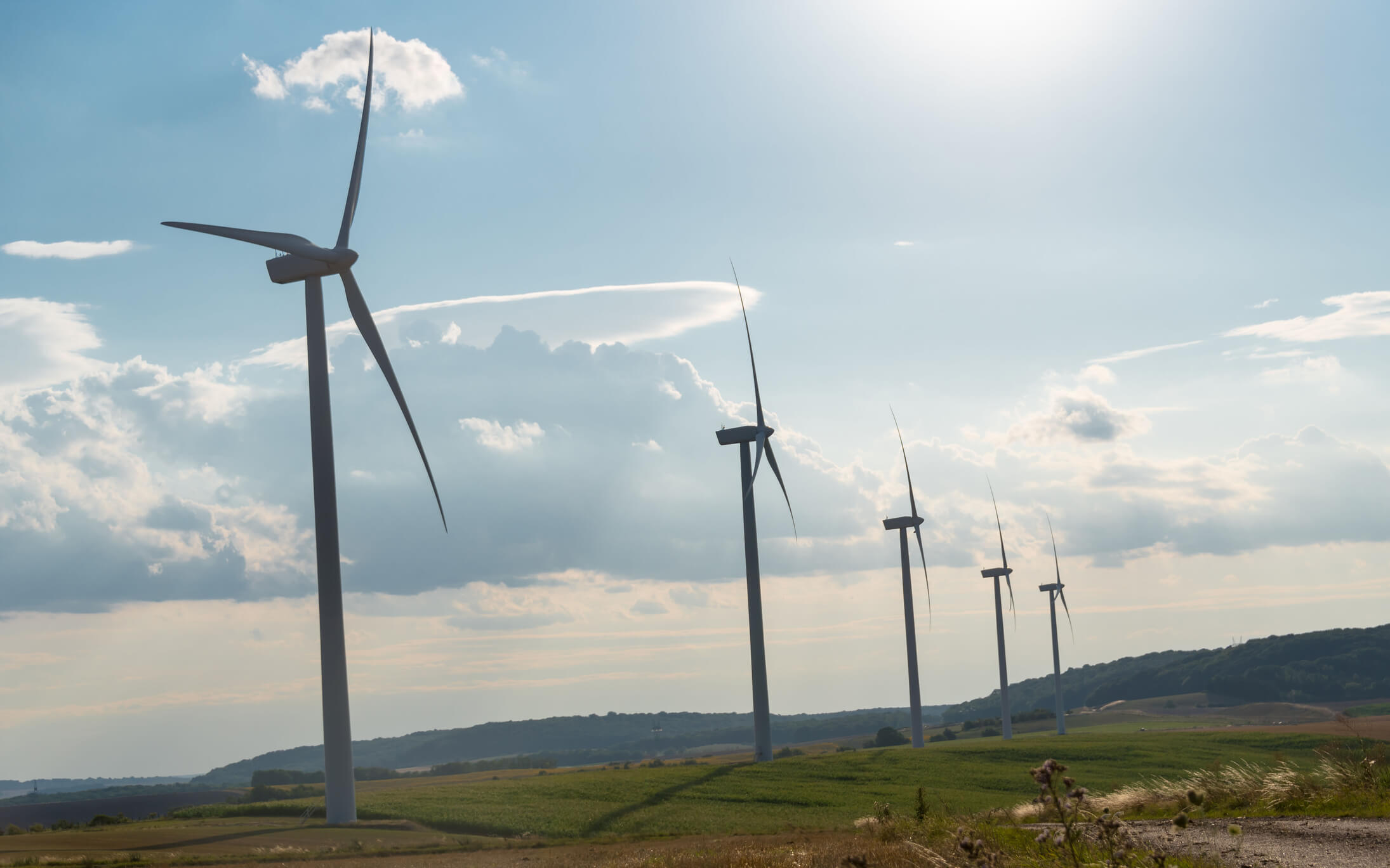
South Coast Air Quality Management District Rule 2305: Warehouse Indirect Source Rule
April 7, 2021
The rule is intended to reduce local and regional emissions of NOx and diesel particulate matter (PM).
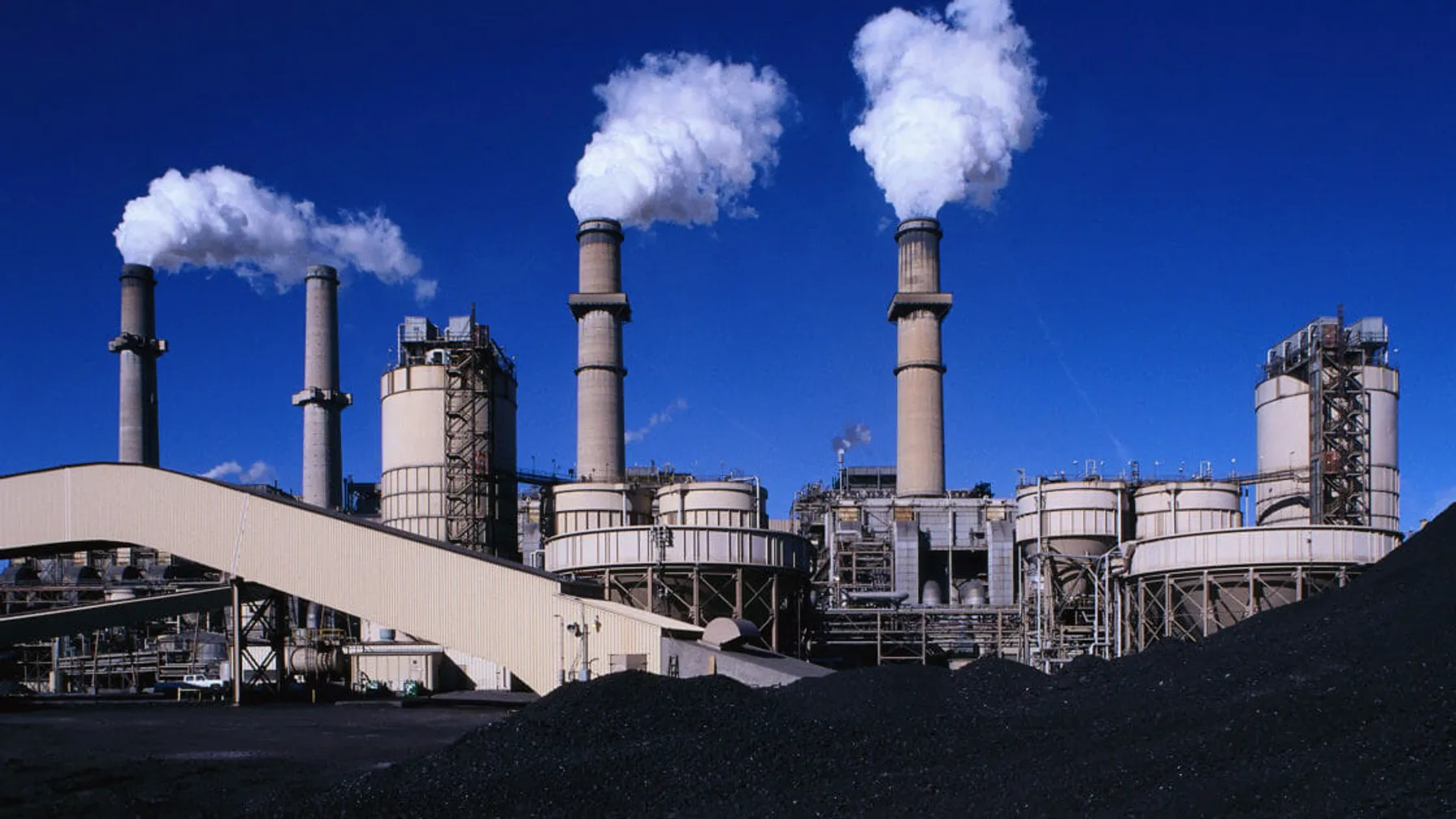
EPA Clean Air Act Rulemaking Announced December 2020
December 31, 2020
EPA announces Clean Air Act Rulemaking in the final month of the current administration and indicates more could be announced before the new administration comes into office.

New Jersey’s Landmark Environmental Justice Law
November 24, 2020
What Is an Indoor Air Quality Assessment? An indoor air quality assessment involves identifying and addressing air quality issues within a facility to ensure a healthy and safe environment for occupants. The assessment process typically includes an initial inspection, laboratory testing for contaminants, and recommendations for improvements. LEED-certified buildings prioritize indoor air quality, adopting measures to maintain good IAQ throughout construction and occupancy. Contact Us
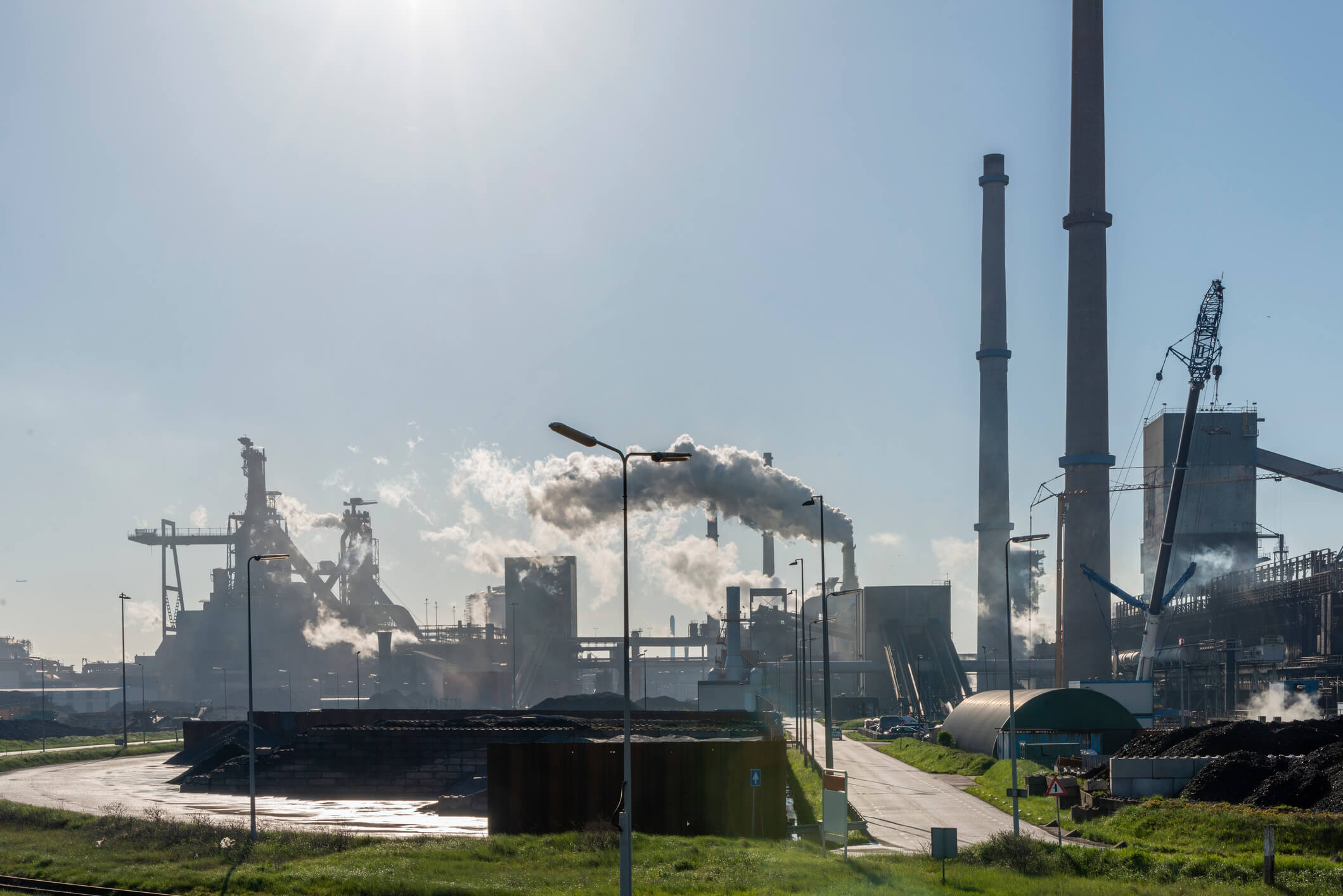
EPA Finalizes Reversal of “Once In Always In” Air Pollution Policy
November 18, 2020
On October 1, 2020, the EPA finalized a ruling that no longer enforces the “once in, always in” air emissions policy.
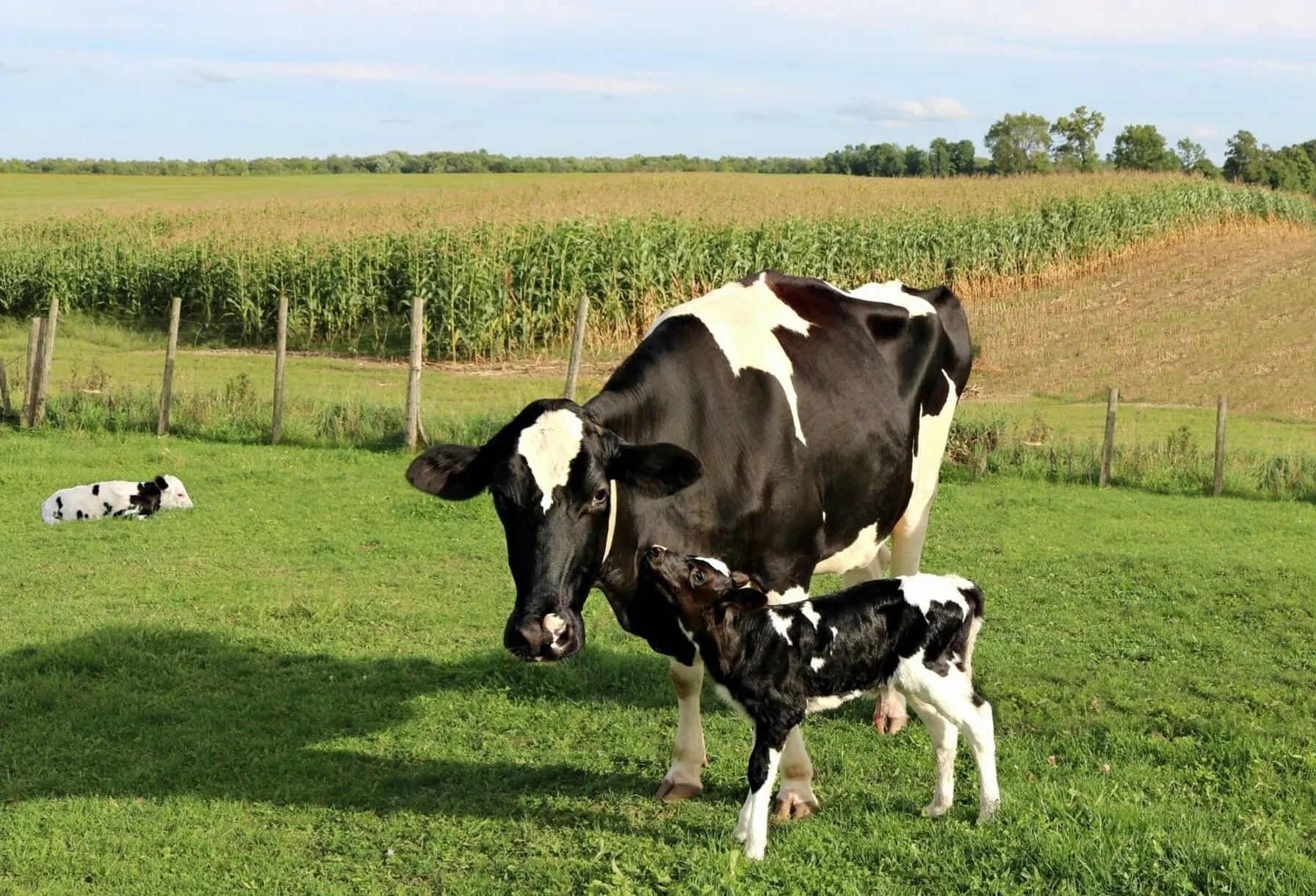
TRC Awarded a Yahara WINS Grant
August 28, 2020
TRC was recently awarded a Yahara WINS grant to develop a pilot scale simple aeration method for removing phosphorous from the discharge of manure digesters. The grant application was developed and submitted by: Bob Stanforth, Alyssa Sellwood, Mike Ursin, Ted O’Connell, Ken Quinn, and John Rice, who are members of multiple TRC CORE teams.
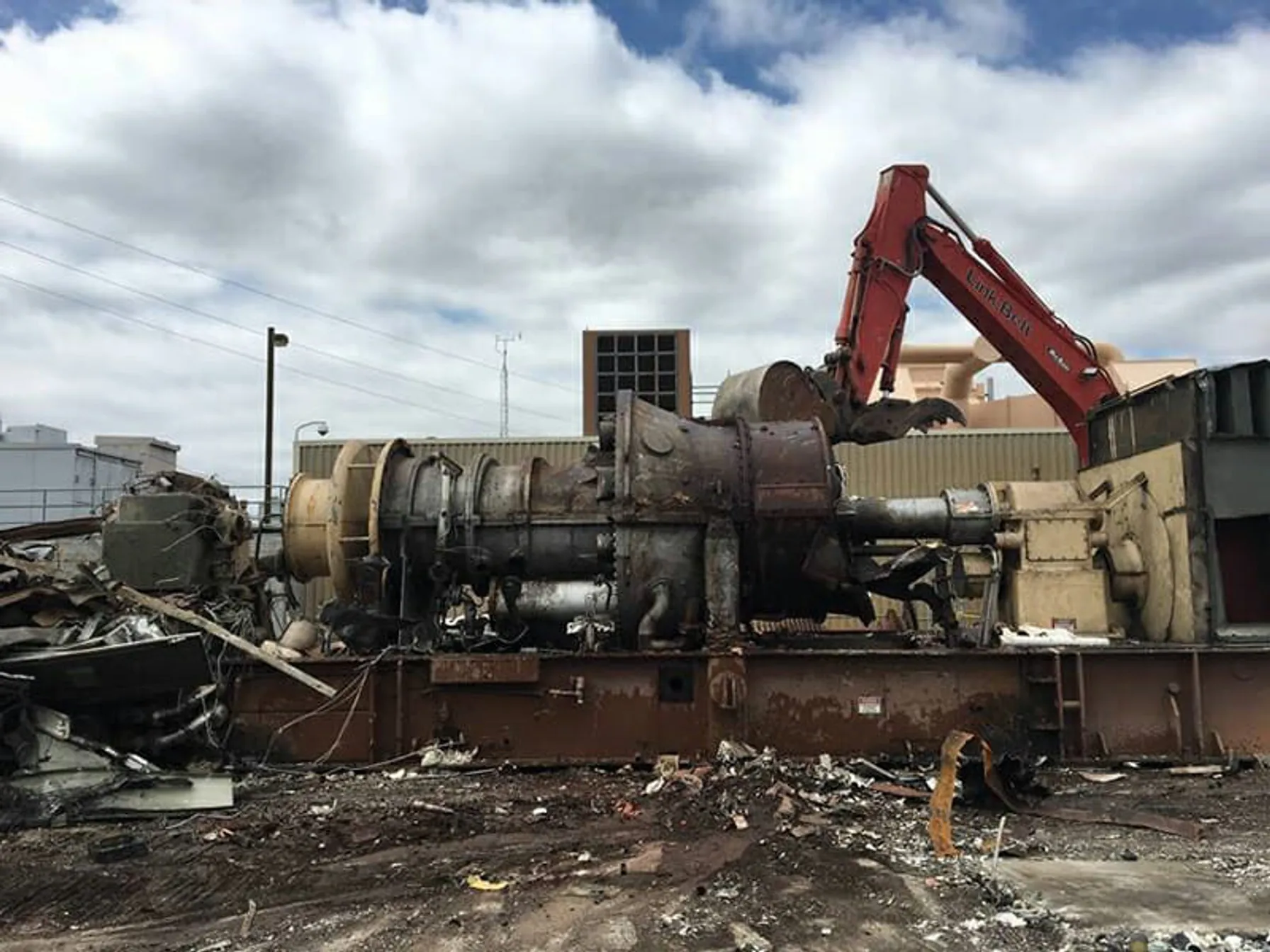
New York State Finalizes Emission Limits for Power Generators
January 21, 2020
On January 16, 2020, the New York State Department of Environmental Conservation (NYSDEC) finalized a rulemaking limiting nitrogen oxide (NOx) emissions from existing simple cycle and regenerative peaking combustion turbines with a nameplate capacity of 15 megawatts (MW) or greater during the ozone season (May 1 – October 31).

David Elam
David (Dave) Elam has been active in the environmental industry for 35 years, principally in the air quality management field. Dave serves as a Vice President and Project Director at TRC where he assists with project delivery, regulatory analysis and quality management in the air quality and energy transition areas. Contact him at DElam@trccompanies.com.


